France - 2015
In July-August 2015 we had a fantastic 57-day European trip.
(Melbourne - Dubai - Paris - Norway - Spitsbergen - Arctic cruises - Iceland -
River Seine cruise - Dubai - Melbourne).
We flew into Paris from Dubai.
The streetscape outside our hotel in the Paris suburb of Picpus.
Picpus is near Place-de-la-Nation in the 12th arrondissement of Paris.
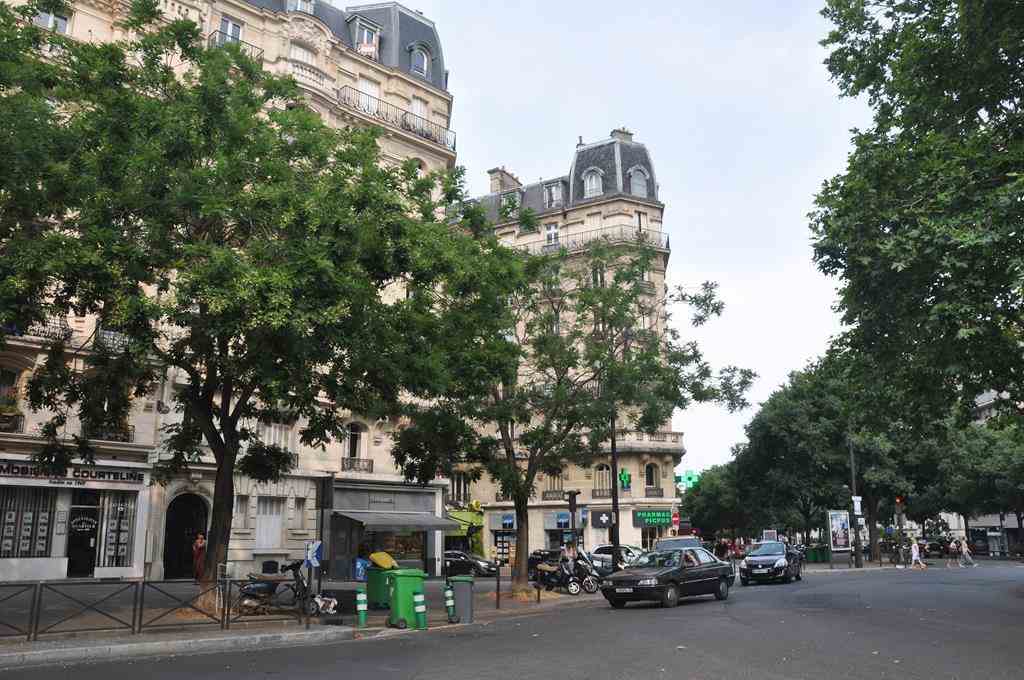
Eiffel Tower
Designed by the engineer, Gustave Eiffel, the 324m high tower was built as the entrance arch to the 1889 World Fair.
The World Fair was held to celebrate the centennial of the French Revolution.
The Eiffel Tower is the tallest structure in Paris and is the most-visited paid monument in the world.
Over 250,000,000 people have visited the tower.
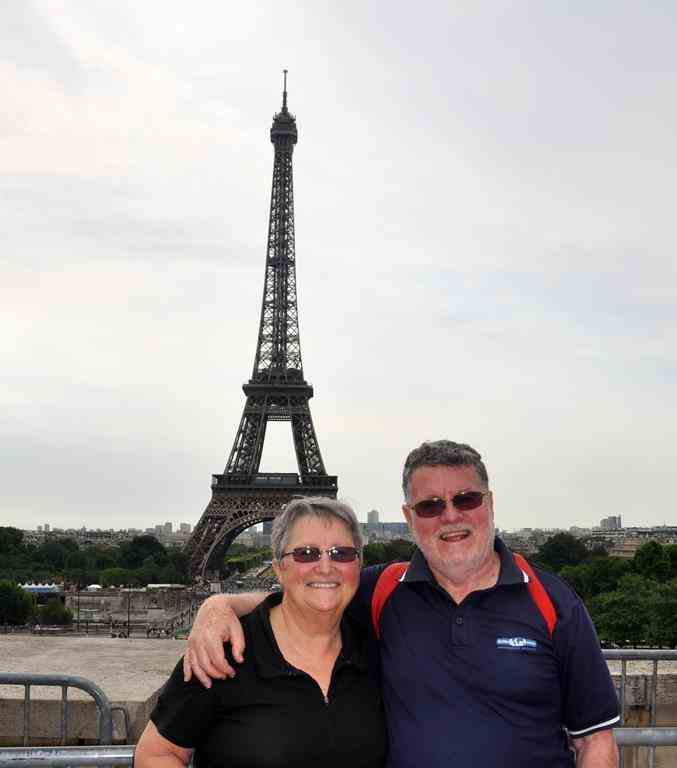
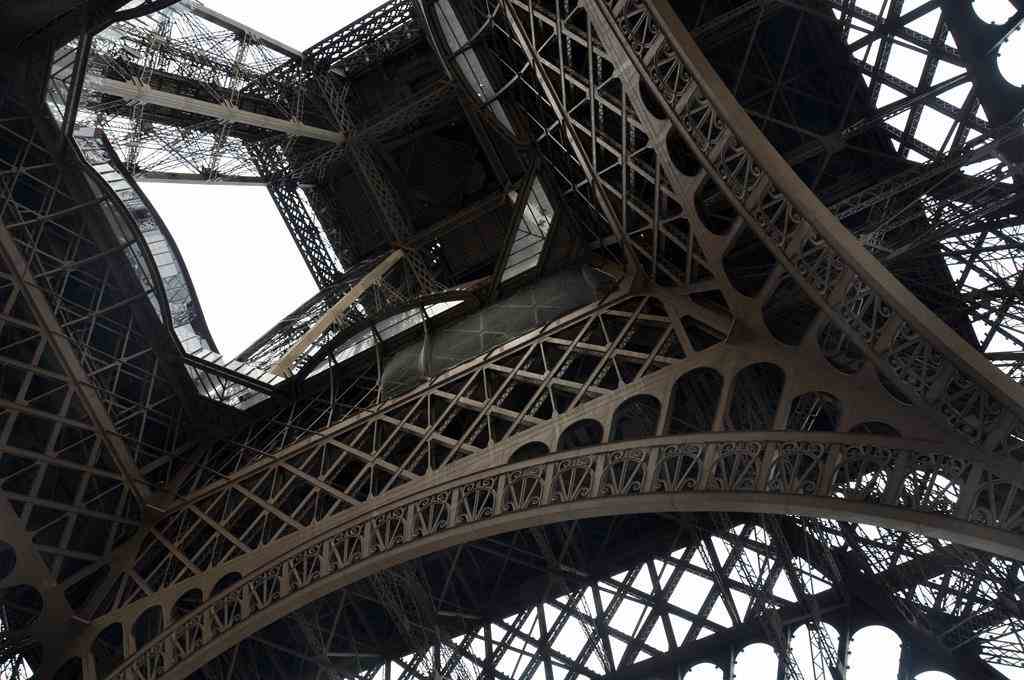
At the top viewing area of the Eiffel Tower.
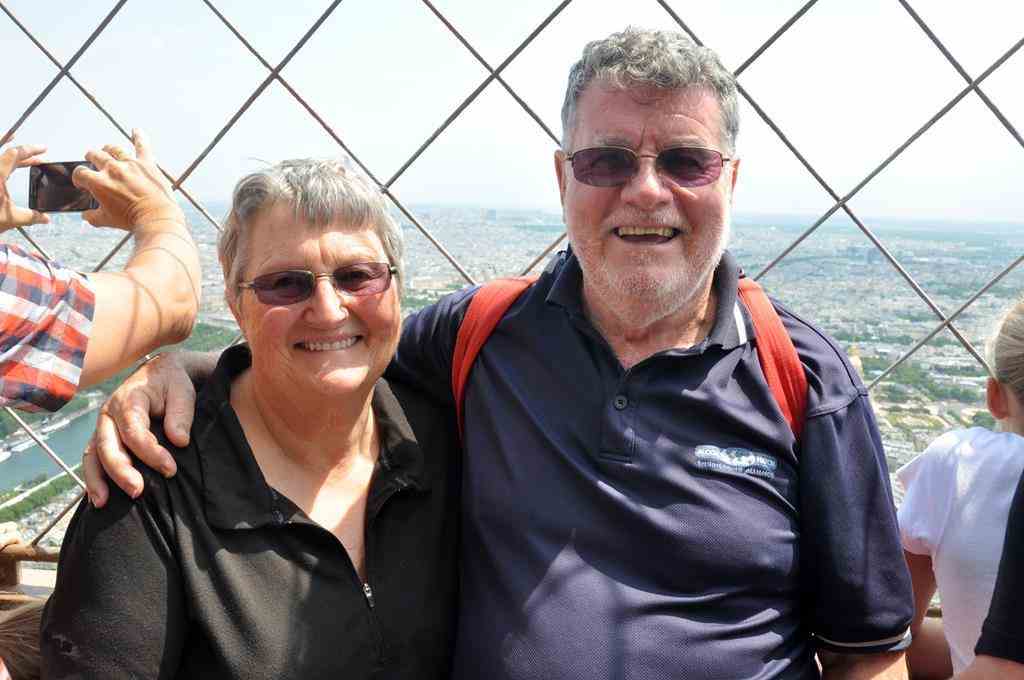
A view of Montmartre from the tower.
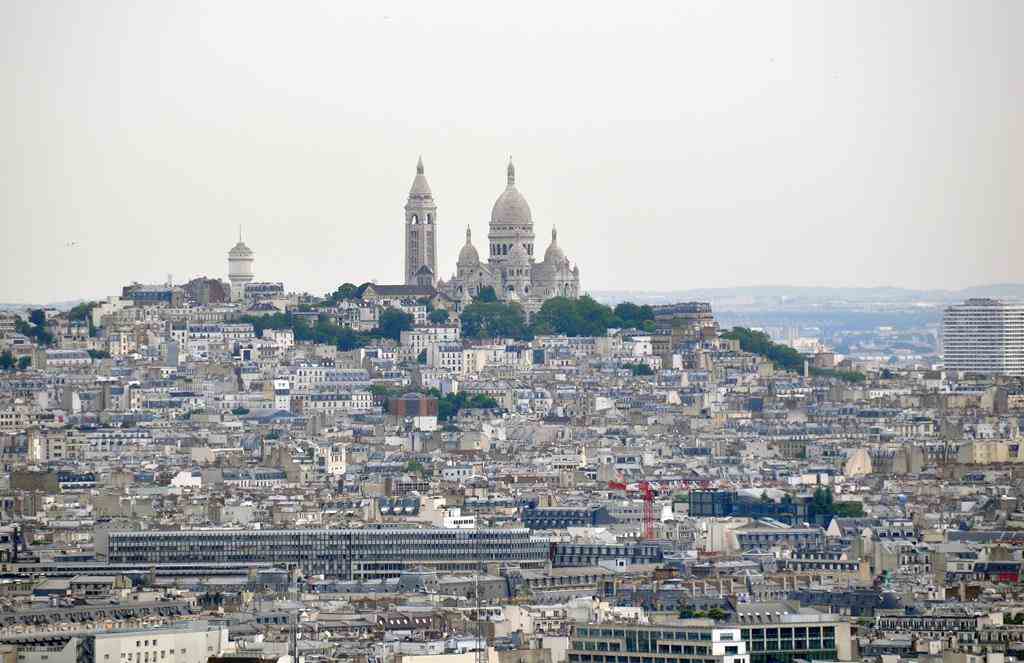
The television antennas on top of the tower.
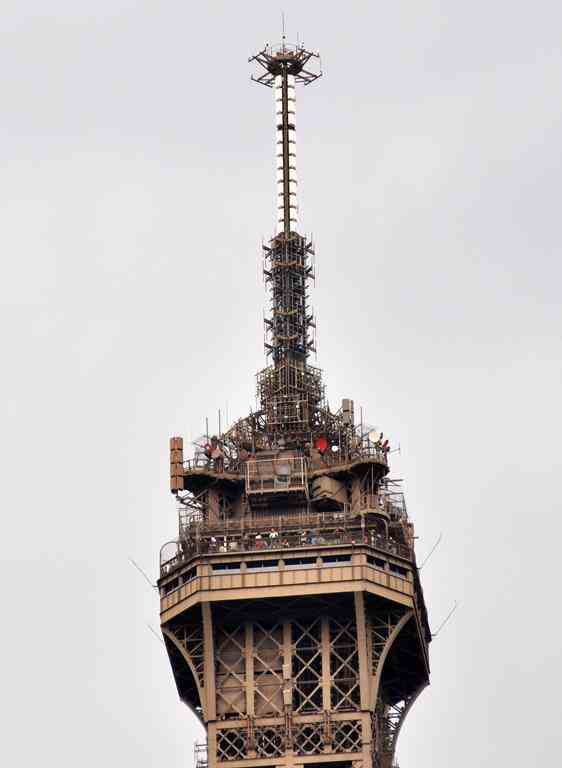
The statue of a nude woman playing a violin near the Eiffel Tower.
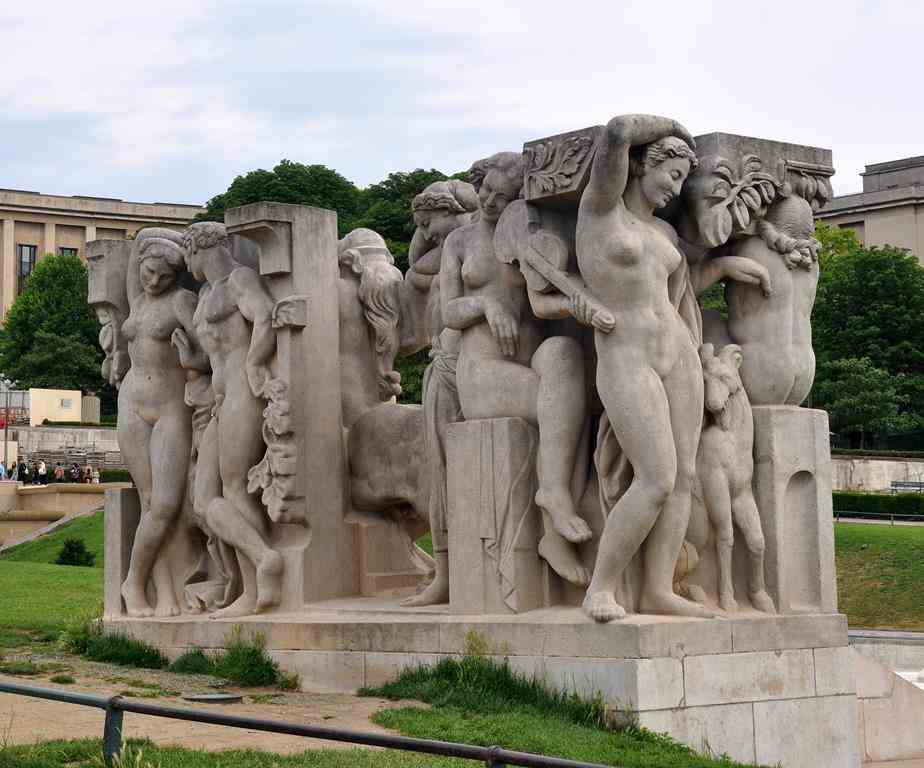
located in a corner of the Tuileries Gardens in Paris.
The original building was built in 1822 to shelter the orange trees in the gardens.
The current buildings were initially built in 1927 to house the 8 large Water Lilie murals that Monet donated to France
as a monument to the end of World War 1.
When we visited Monet's Gardens later on in our trip, it was just like being in one of these paintings.
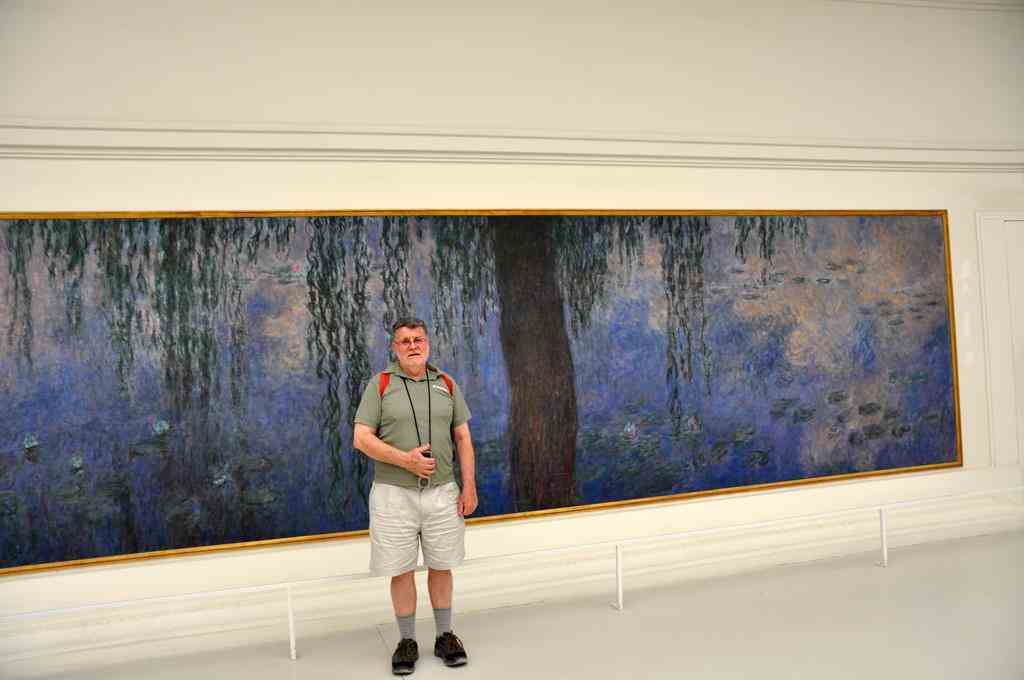
Paris Catacombs
Limestone blocks were carved out of these caverns to construct some of the fine Paris buildings in the early 18th century.
Towards the end of the 18th century the church cemeteries in this area of Paris were already filled to overflowing.
To make room for more burials, the long-dead were exhumed and their bones packed into mounds inside the cemetery walls.
By the end of the 18th century the central burial ground in this area was a 2 metre high mound of disease.
In the early 19th century the caverns were renovated and the bones transported here.
The caverns were transformed into a visitable museum with the stacking of the bones and skulls into neat patterns
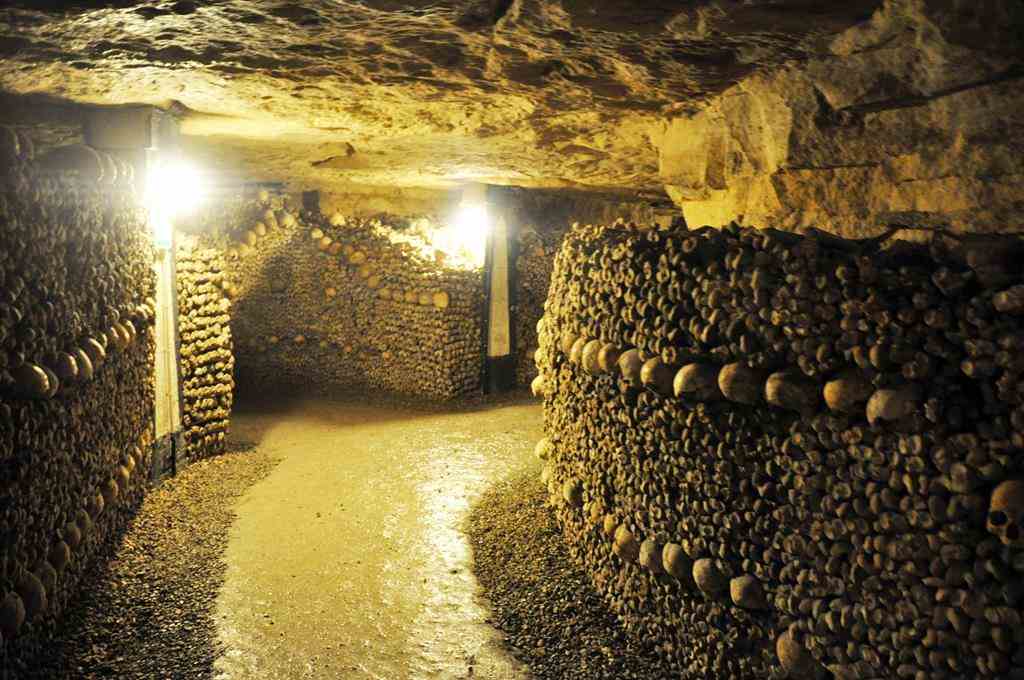
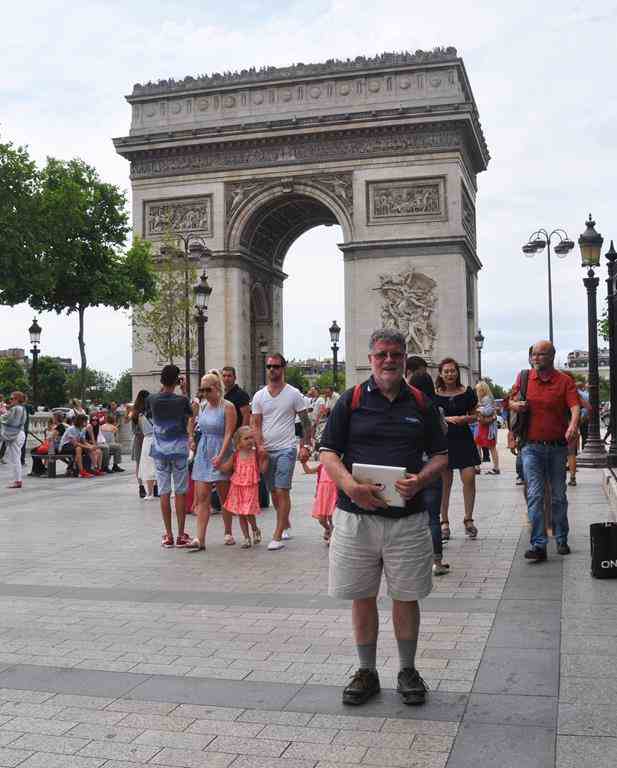
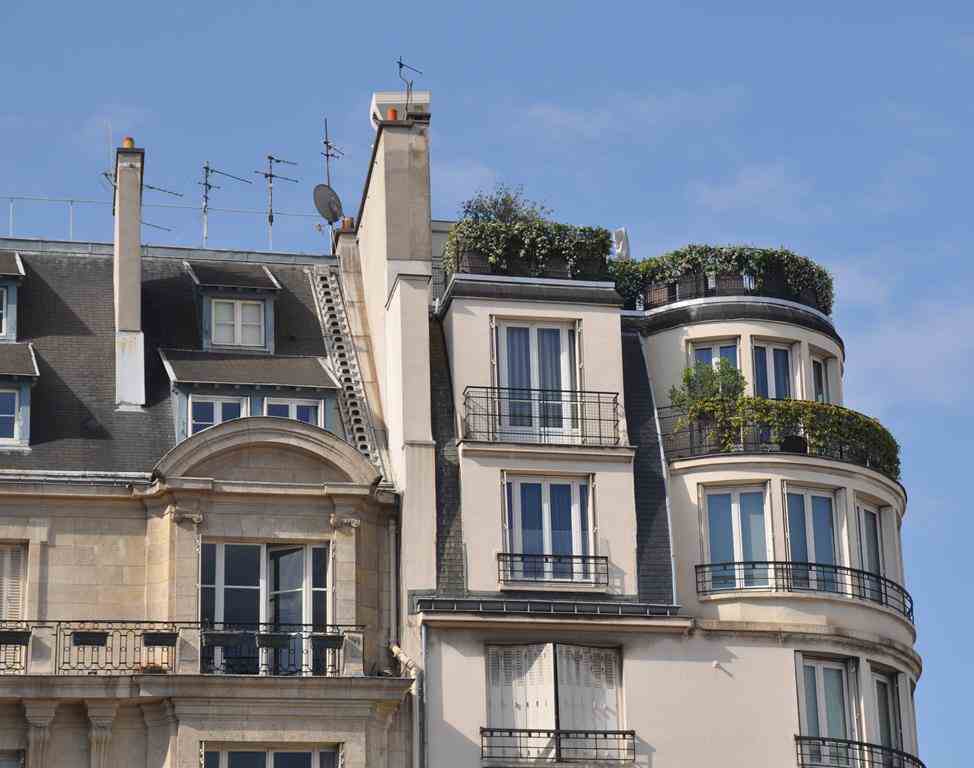
Musée d'Orsay
On the left bank of the Seine, it is the former Gare d'Orsay, a Beaux-Arts railway station built
for the 1900 Exposition Universelle (World Exhibition) which was held nearby.
By 1939 the station's short platforms had become unsuitable for the longer trains that had come to be used for mainline services.
In the 1970s it was to demolished but after public pressure for its preservation, it was refurbised into a gallery.
They have done a outstanding job.
The magnificent gallery was opened late in 1986 after it took 6 months to install the 2000 or so paintings, 600 sculptures and other works.
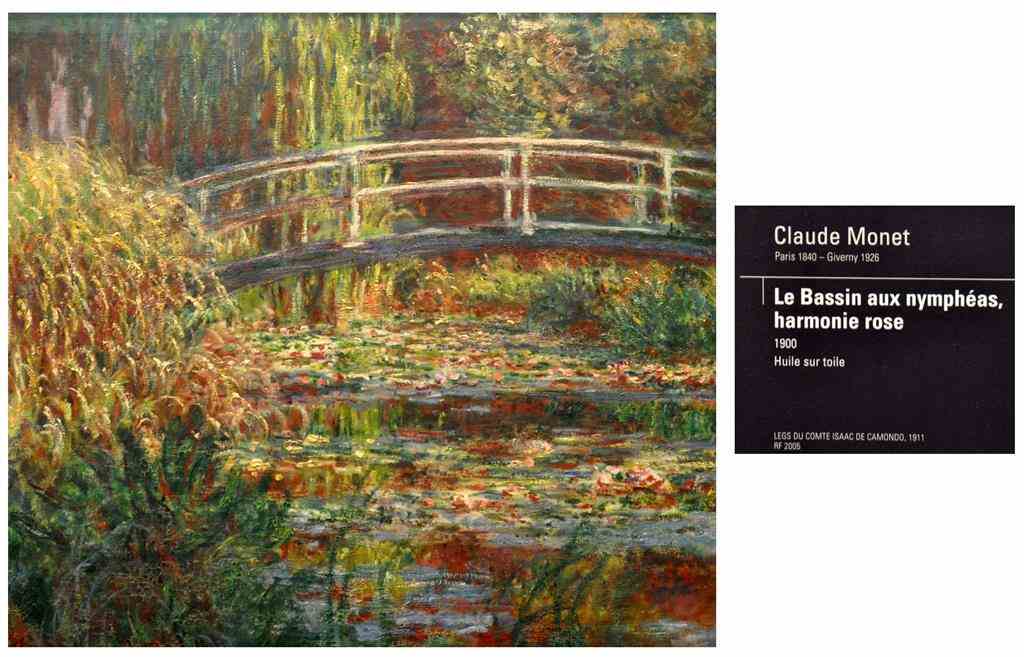
On our 7-day Seine River cruise later on our tour we saw this church at Auvers-sur-Oise that Van Gogh painted.

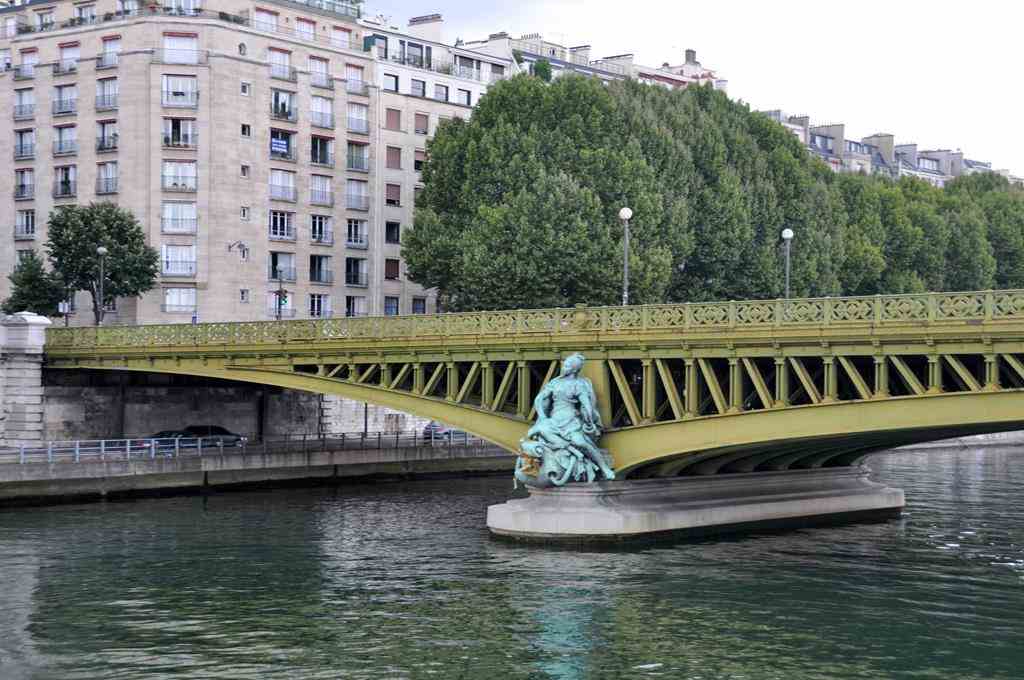
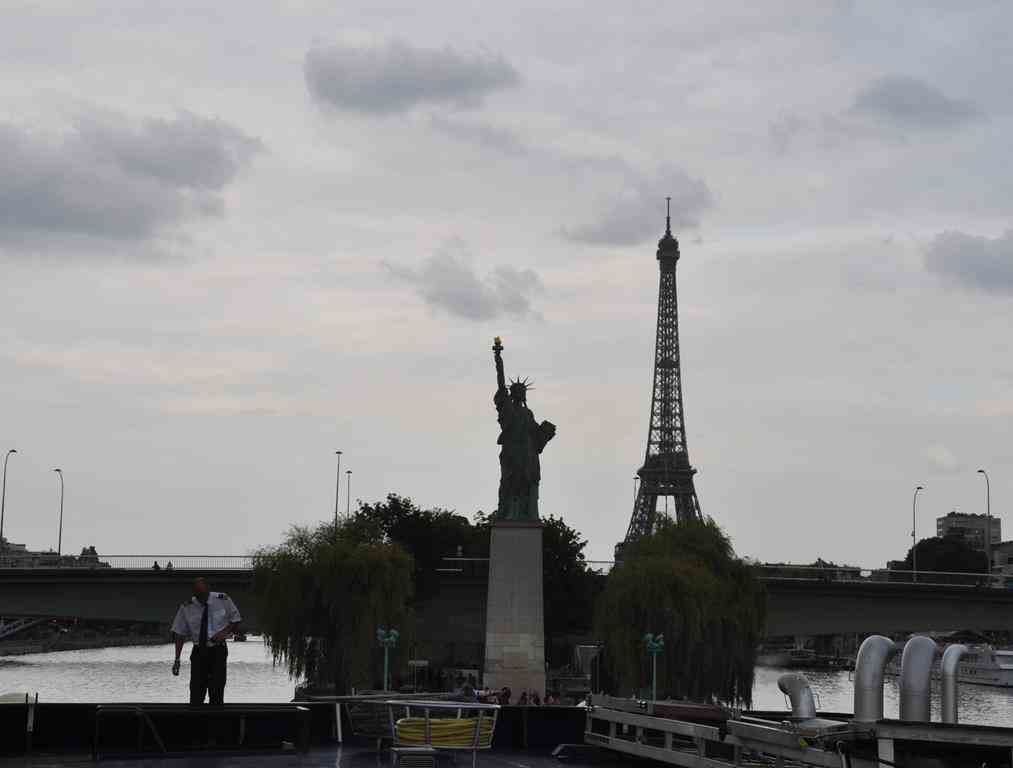
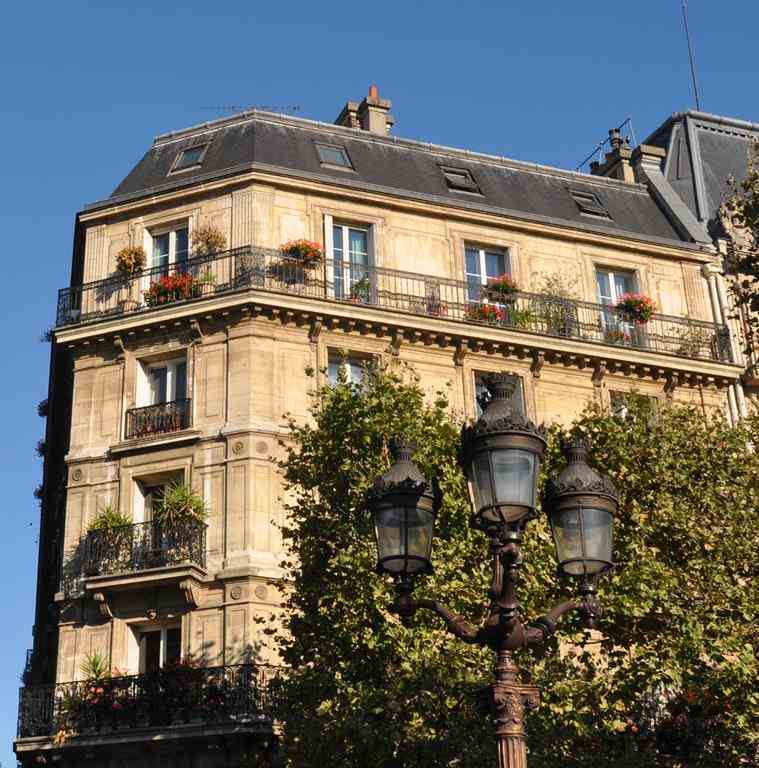
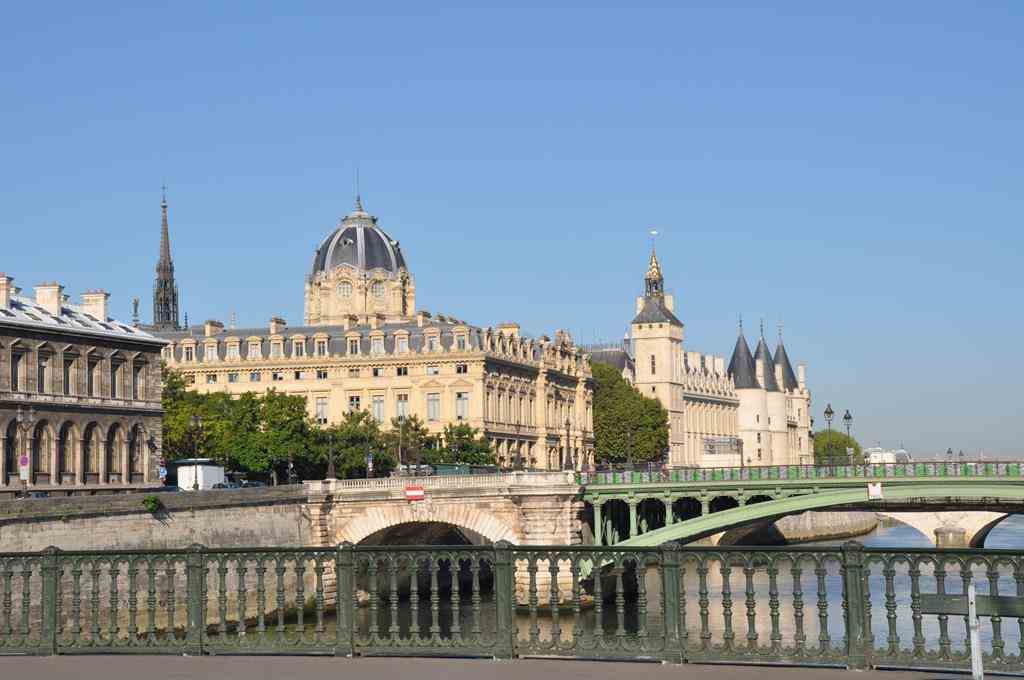
Notre Dame Cathedral
Notre-Dame de Paris - French for "Our Lady of Paris"
Located on the Île de la Cité in the middle of the River Seine, Notre-Dame is widely considered to be one of the finest examples
of French Gothic architecture, and it is among the largest and most well-known church buildings in the world.
Notre-Dame de Paris was among the first buildings in the world to use the flying buttress.
Construction began in 1163 during the reign of Louis VII and was completed by 1345.
Under a 1905 law, Notre Dame de Paris is among seventy churches in Paris built before that year that are owned by the French State.
While the building itself is owned by the State, the Catholic Church is the designated beneficiary,
having the exclusive right to use it, for religious purpose, in perpetuity.
The Church is responsible for paying the employees, security, heating and cleaning, and assuring that the Cathedral is open for free to visitors.
The Church does not receive subsidies from the French State.
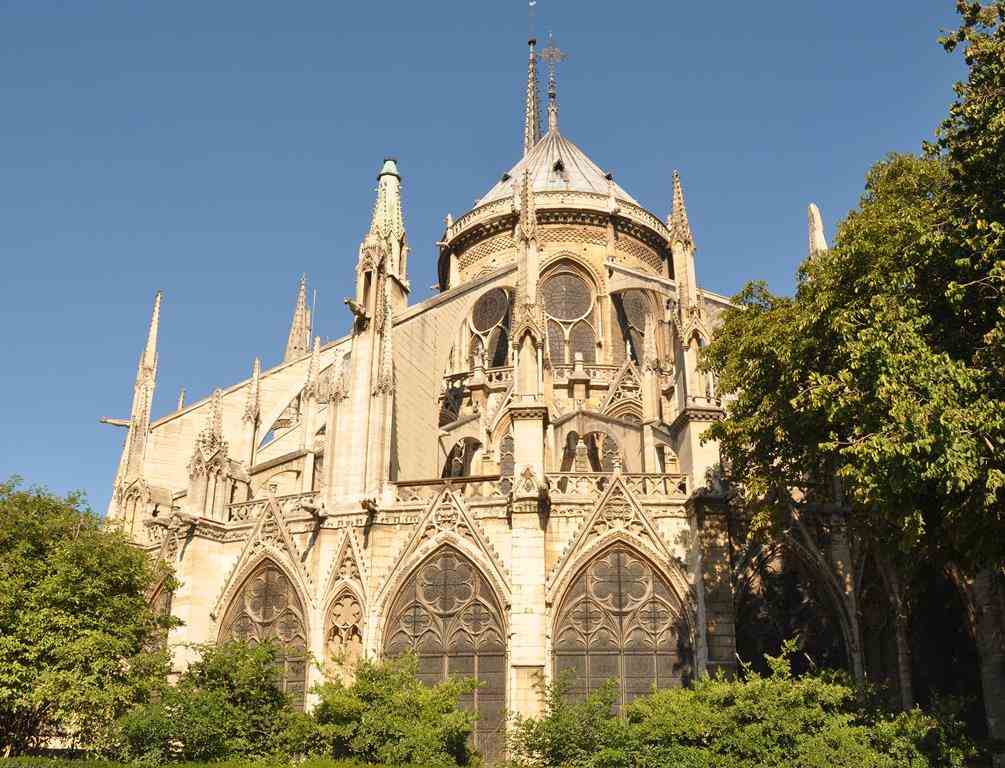
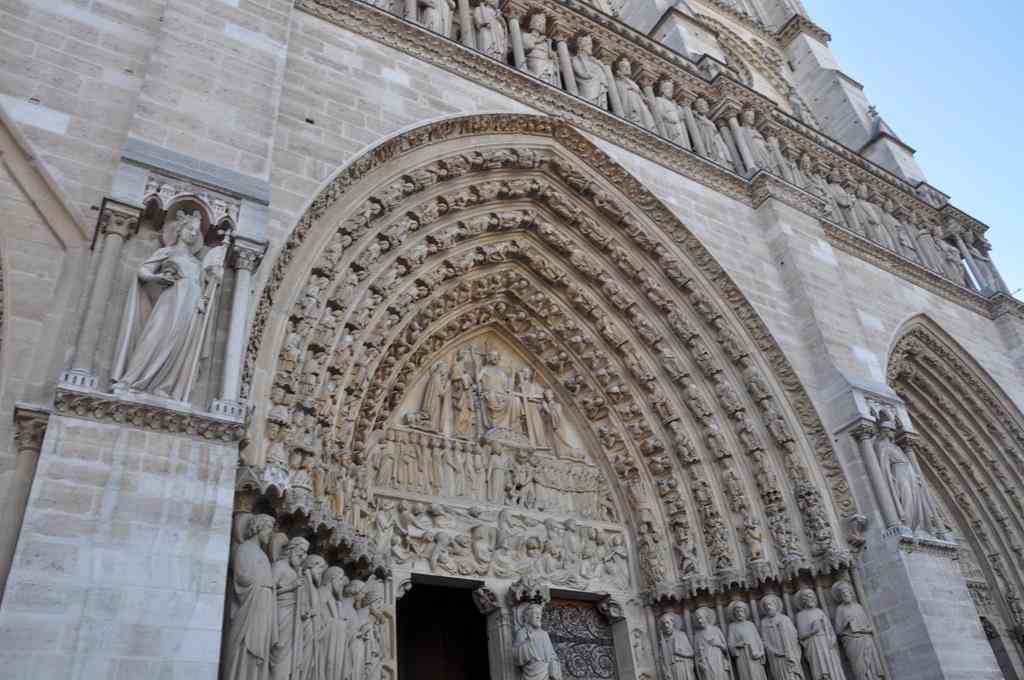
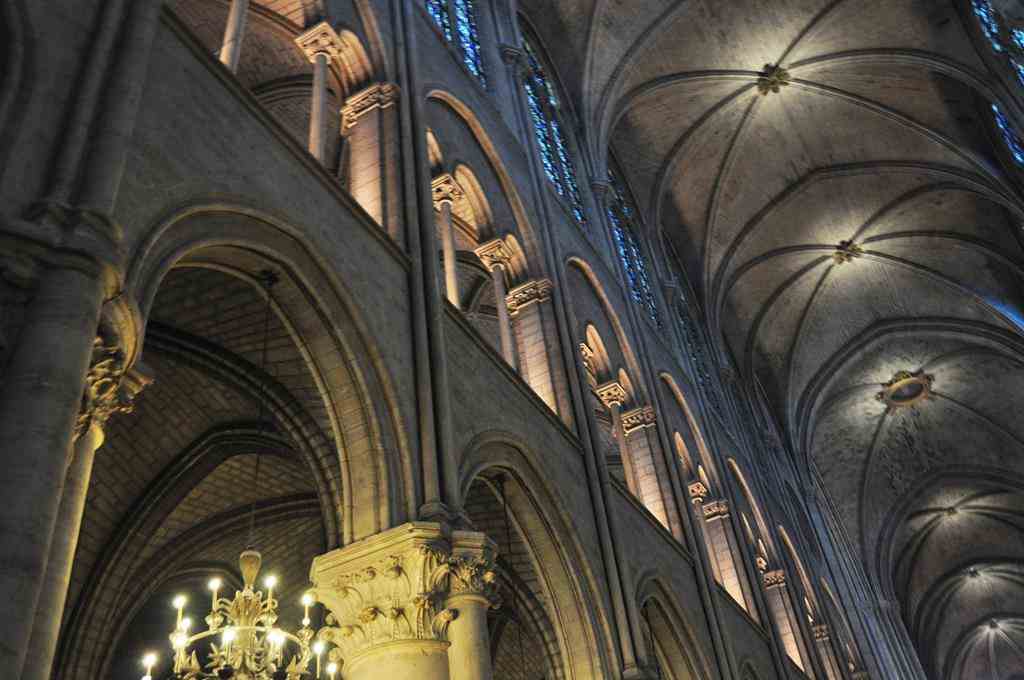
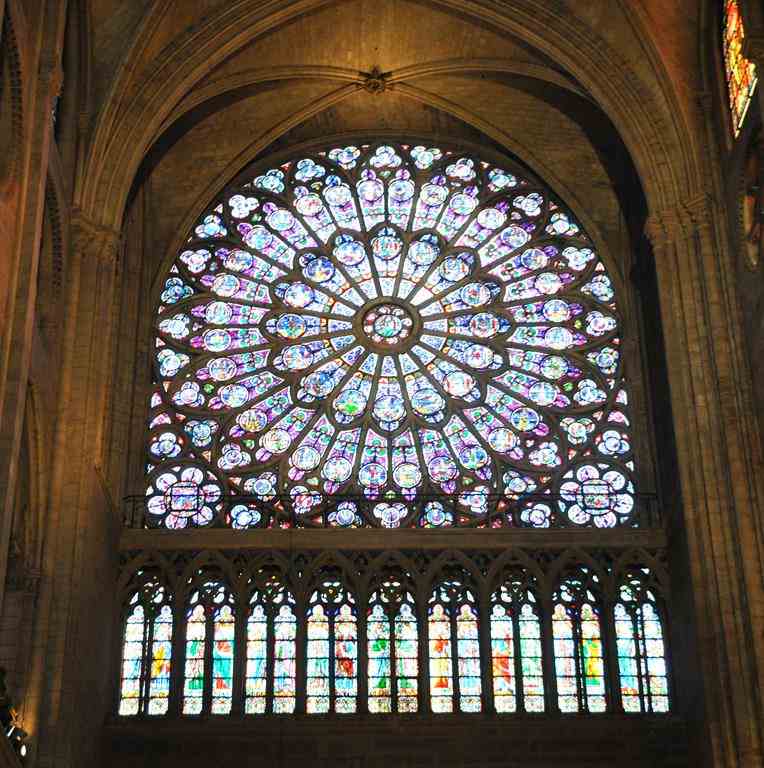
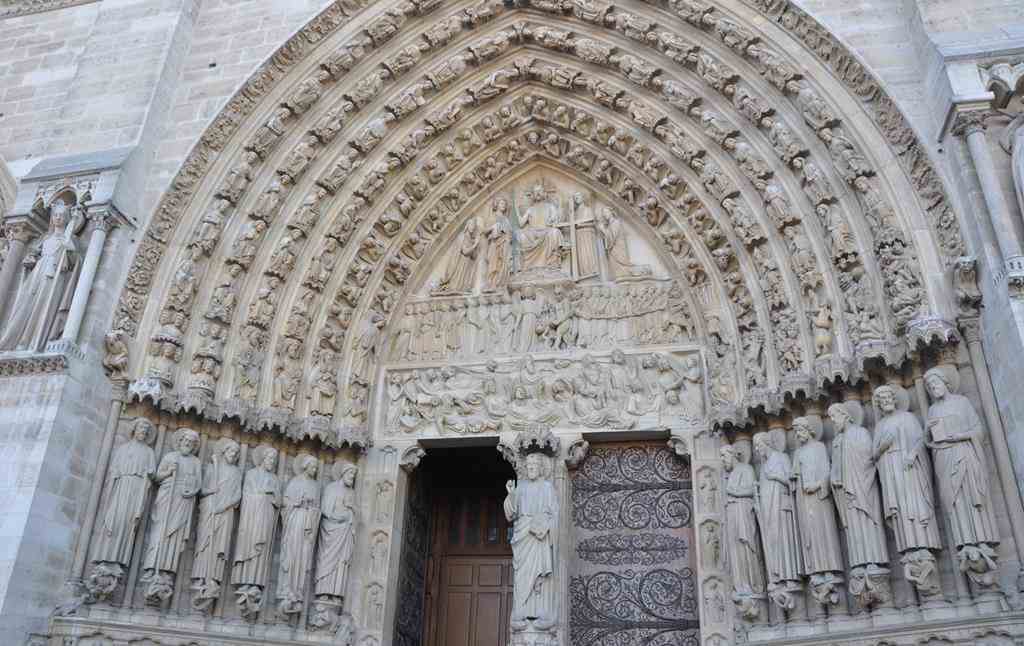
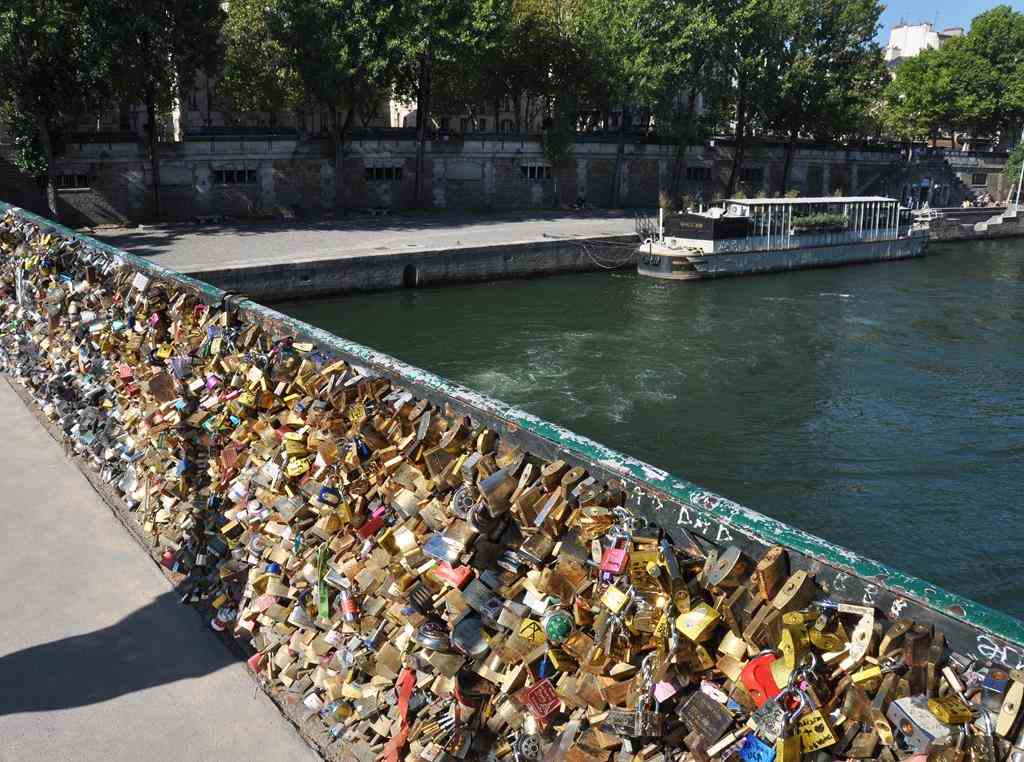
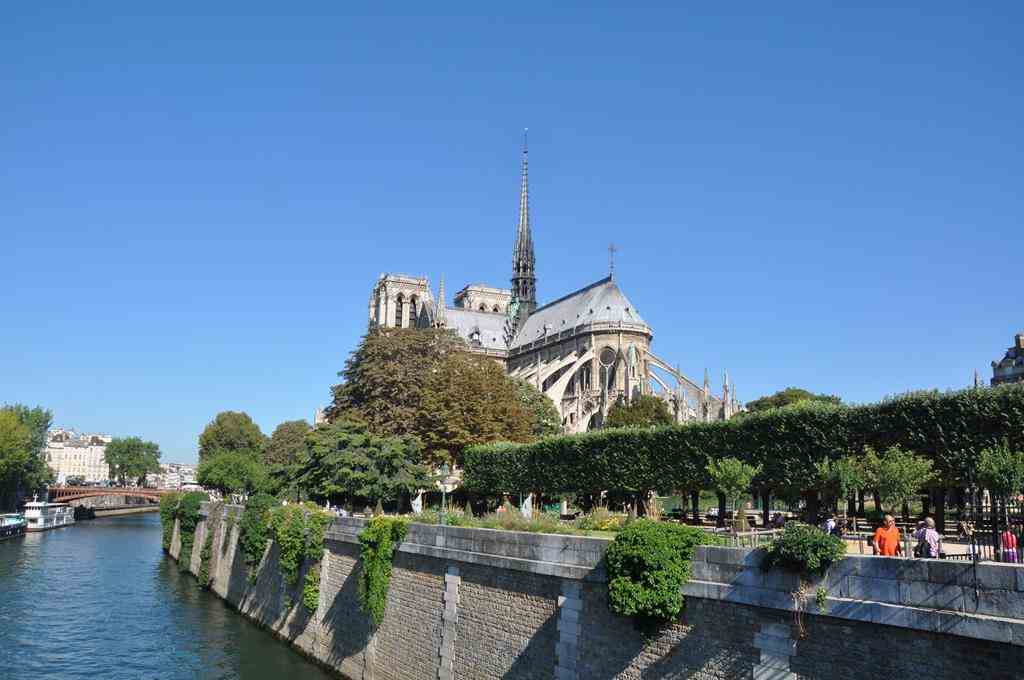
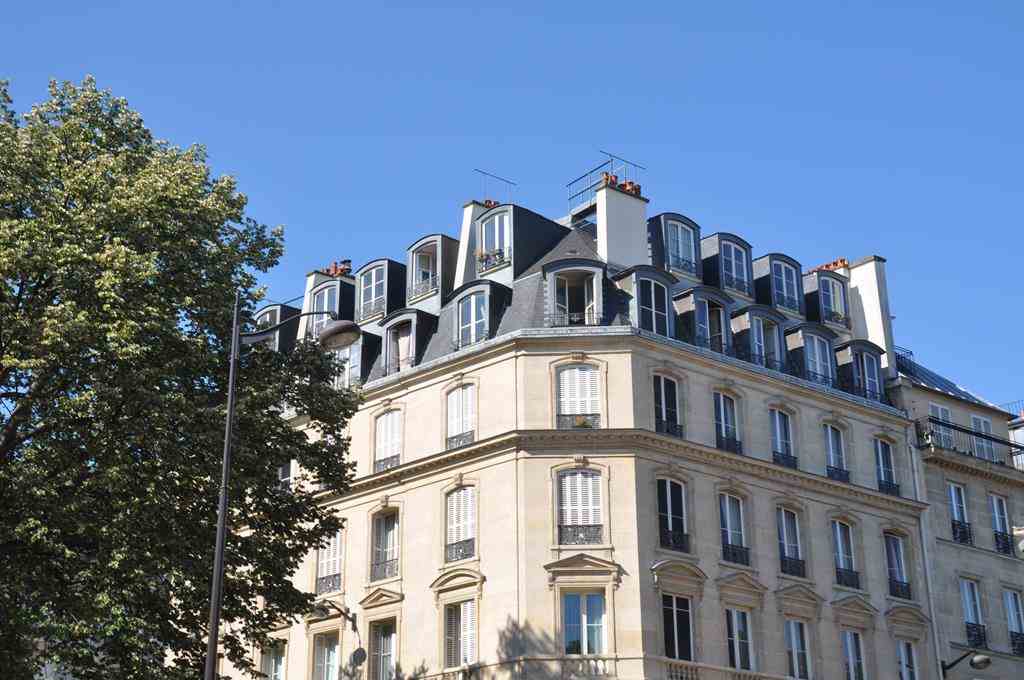
We flew from Paris to Stavanger in Southern Norway.
We stayed with Doug and Eva Mellgren at Rekefjord.
(I had met them onmy African trip in 2009).
Our 57-day trip continued through Norway. Spitsbergen, the Arctic Ocean and Iceland.
After out visit to Norway, Spitsbergen, Iceland and our Arctic cruises we returned to Paris from Iceland and went on a 7-day Seine cruise.
At Monet's Garden at Giverny.
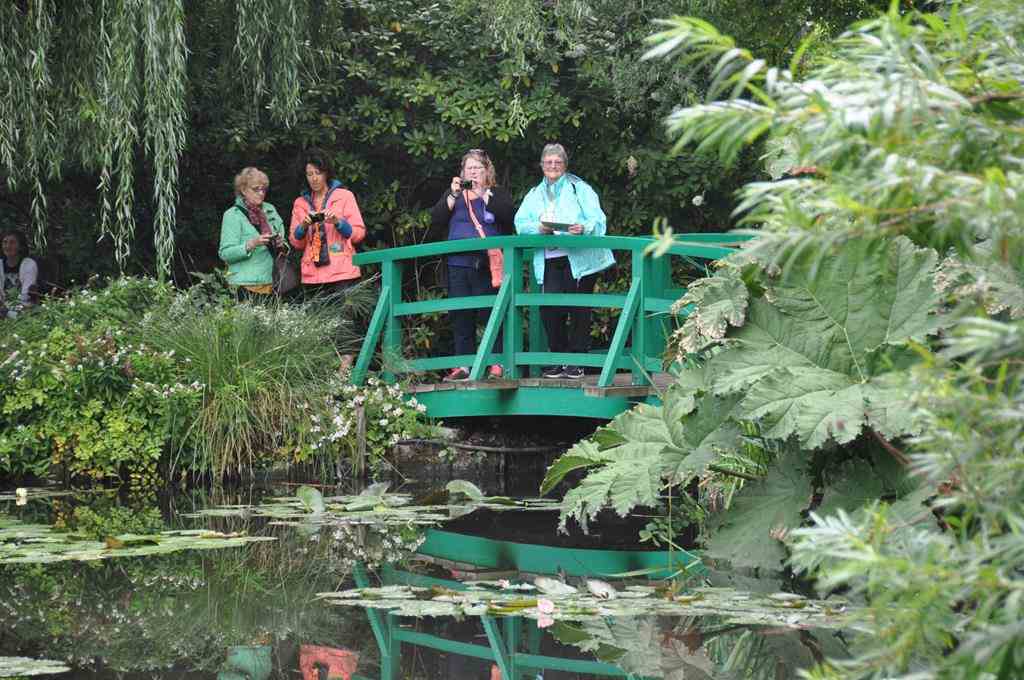
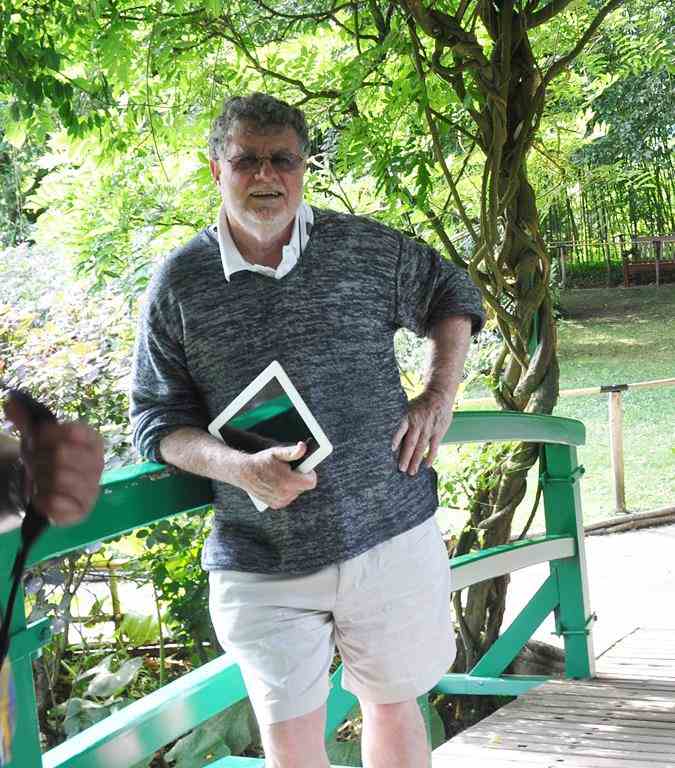
Château Gaillard
At Les Andelys, Château Gaillard was the great stone castle and fort of Richard the Lionheart.
He was simultaneously King of England and Duke of Normandy.
The area to the east of Normandy was under the control of Philip II, the King of France, arival of Richard.
Château Gaillard was built by Richard to protect his Duchy of Normandy from the French King Philip II.
Construction began in 1196 and took 2 years.
That was an unusually short time for such a massive, and for the time, state-of-the-art construction.
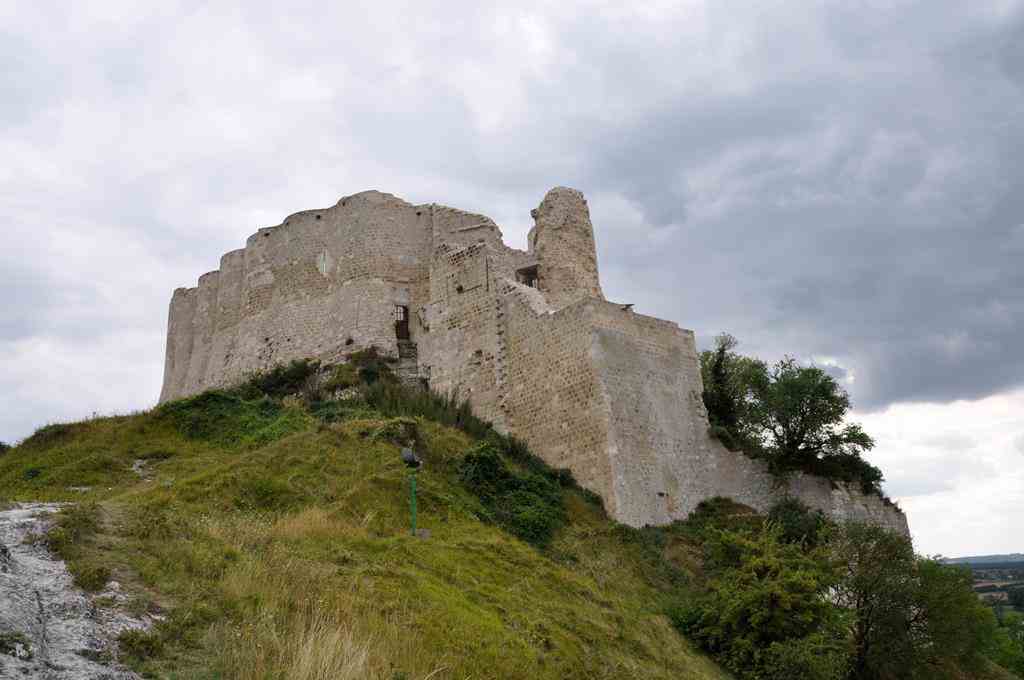
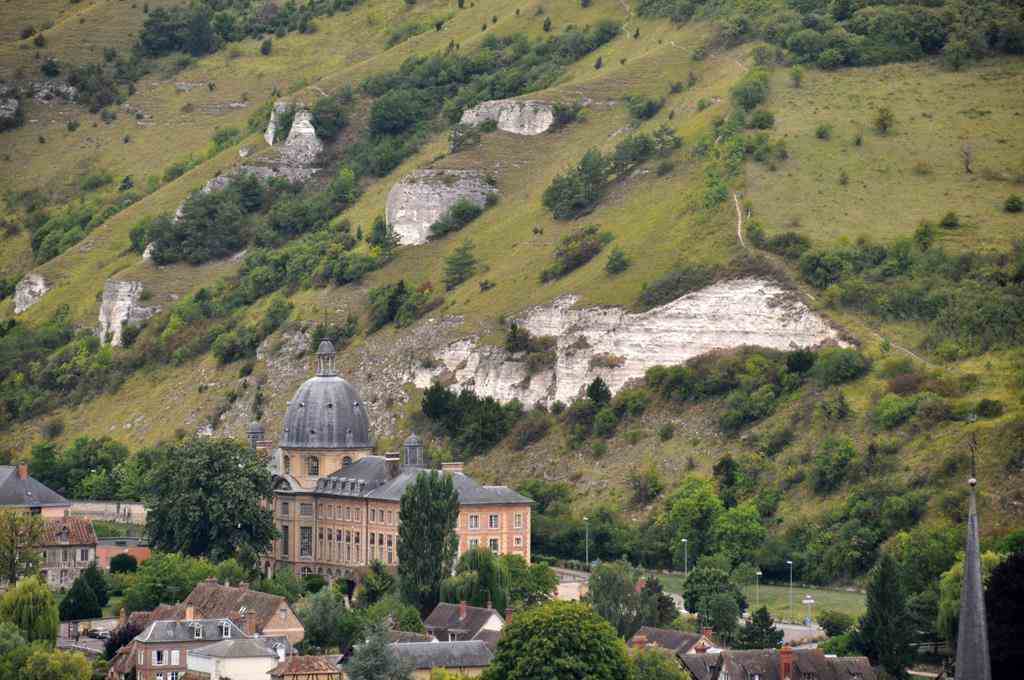
Juno Beach
The Invasion of Normandy by the Allied forces during Operation Overlord during World War II was the largest amphibious invasion to ever take place.
It involved almost 3 million troops crossing the English Channel from England to Normandy and lasted until the Allies crossed the River Seine.
(6th June 1944 - 19th Aug 1944)
Juno Beach was one of five beaches where the Allies landed. Mainly Canadian troops landed here.
Their objectives were to cut the Caen-Bayeux road, seize the Carpiquet airport west of Caen,
and form a link between the two British beaches of Gold and Sword on either side of Juno Beach.
Despite rough weather, heavy casualties, delays on the beach, these objectives were achieved on D-Day (6th June 1944).
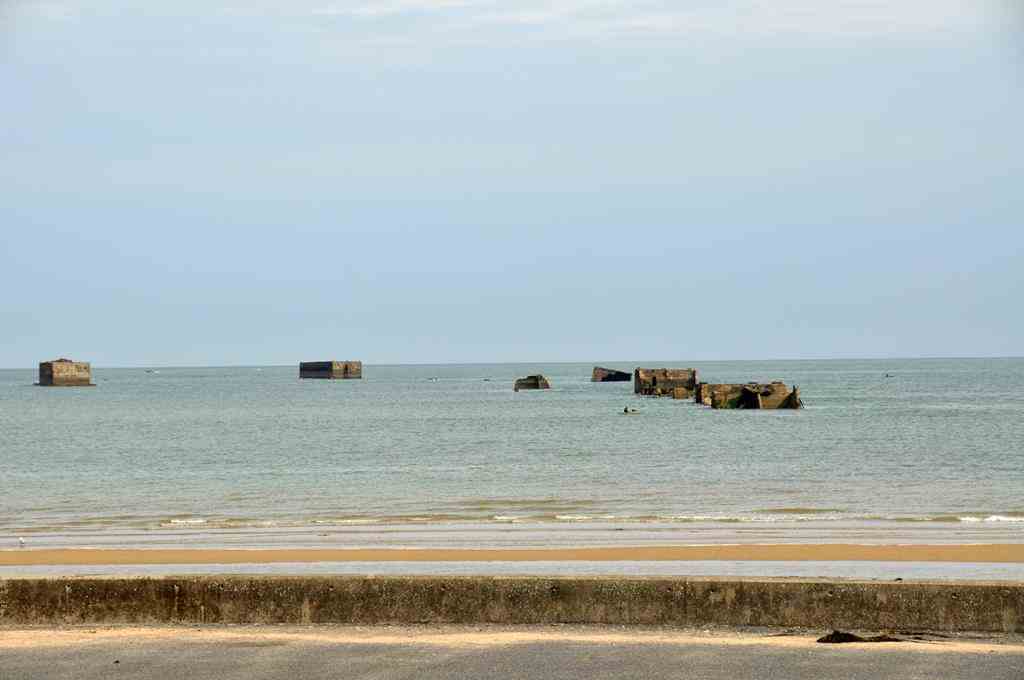
German gun emplacements at Longues-sur-Mer
The site, situated between the landing beaches Omaha and Gold, was completed by April 1944, and consisted of four 152-mm navy guns,
a command post, shelters for personnel and ammunition, and several defensive machine-gun emplacements.
On the night before the D-Day landings of 6 June 1944, the battery was subjected to a barrage of bombs from Allied planes,
although much of this landed on a nearby village.
On D-Day three of the four guns were eventually disabled by British cruisers Ajax and Argonaut,
though a single gun continued to operate intermittently until 1900hrs that evening.
The crew of the battery surrendered the following day.
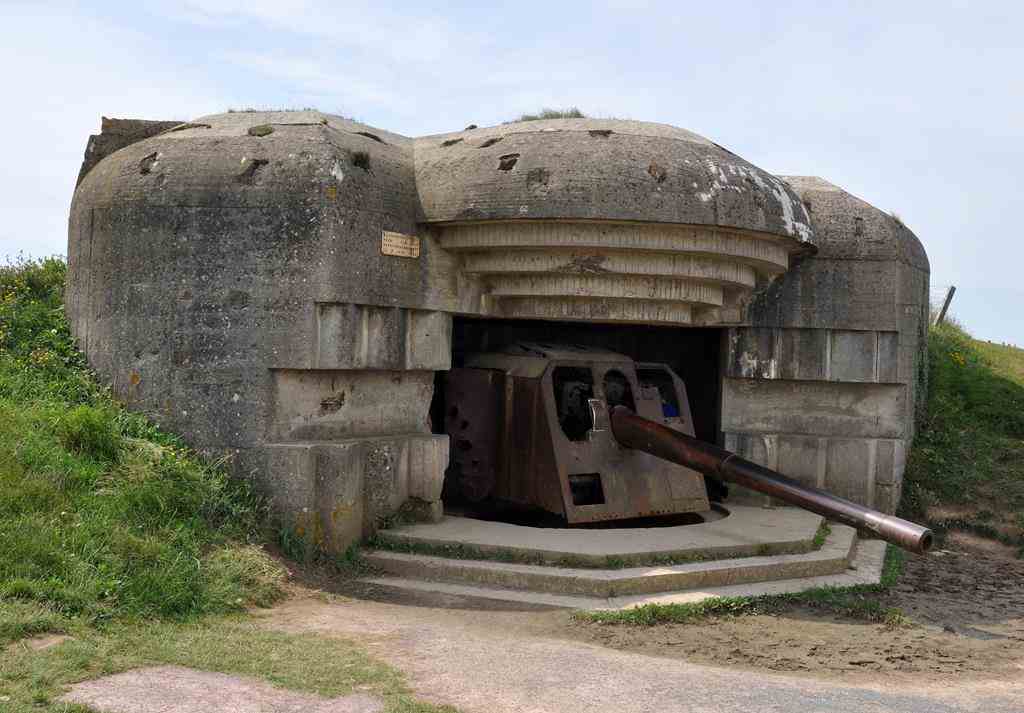
Normandy Beaches - Arromanches
Arromanches is remembered as a historic place of the Normandy landings and in particular as the place where an artificial port was installed.
This location was one of two sites chosen to establish the necessary port facilities to unload quantities
of supplies and troops needed for the invasion, the other futher west at Omaha Beach.
The British built huge floating concrete caissons which, after being towed from England,
then had to be assembled to form walls and piers forming and defining the artificial port called the Mulberry Harbour.
These comprised pontoons linked to the land by floating roadways.
One of these ports was assembled at Arromanches and even today sections of the Mulberry harbour still remain
with huge concrete blocks sitting on the sand and more can be seen further out at sea.
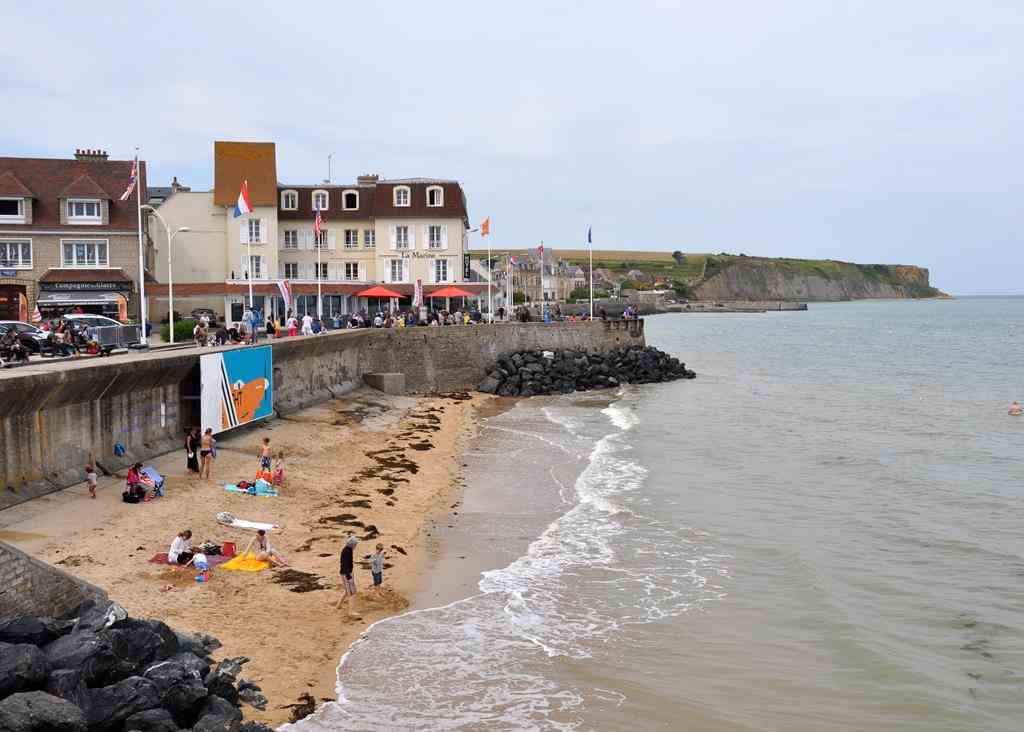
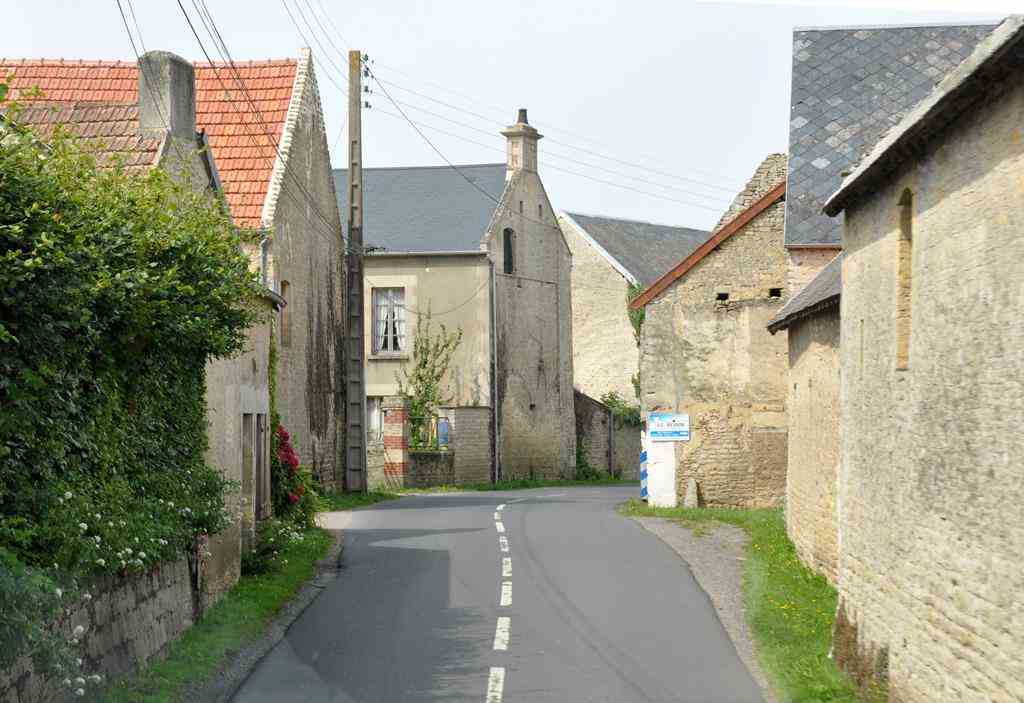
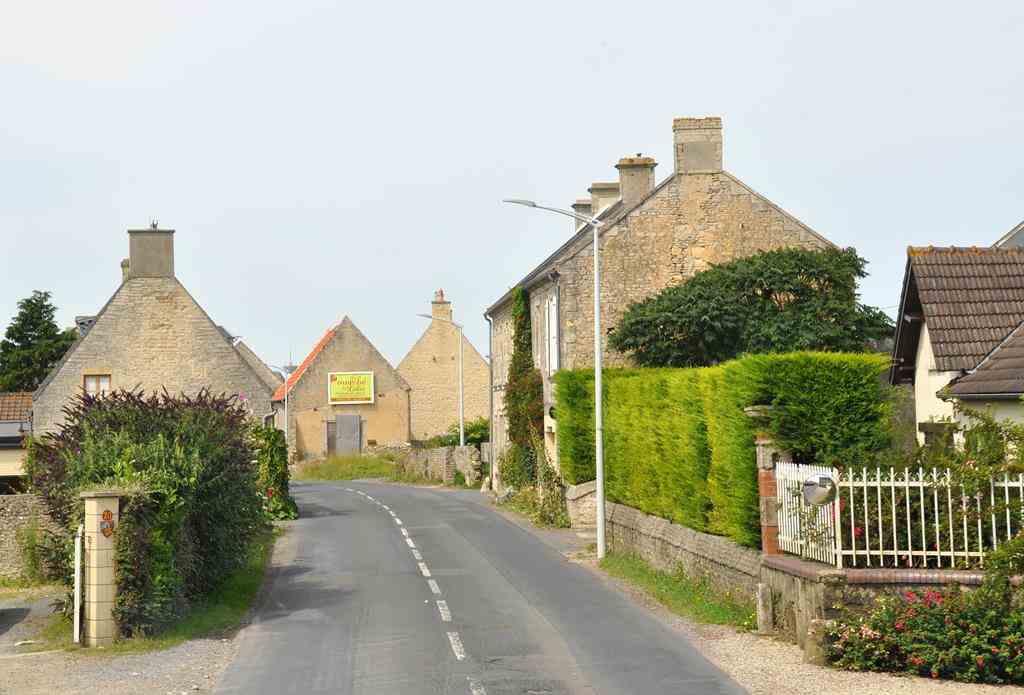
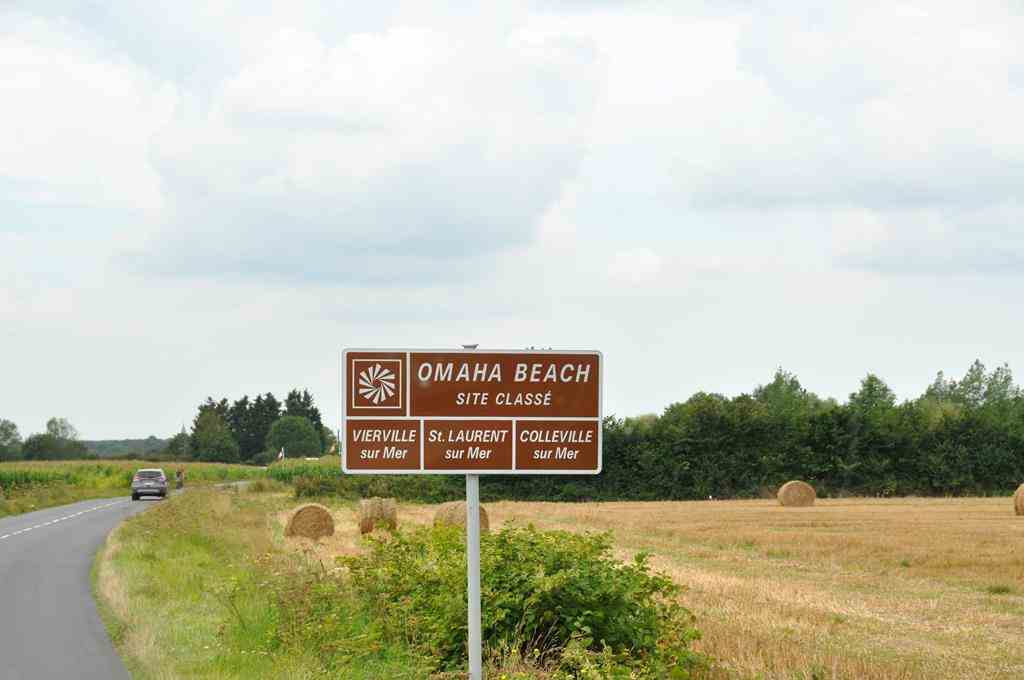
Normandy Beaches - Omaha Beach
Taking Omaha was to be the responsibility of United States Army troops, with sea transport and naval artillery support
provided by the U.S. Navy and elements of the British Royal Navy.
The primary objective at Omaha was to secure a beachhead of some eight kilometres, between Port-en-Bessin and the Vire River,
linking with the British landings at Gold to the east, and reaching the area of Isigny to the west to link up with troops landing at Utah Beach.
Very little went as planned during the landing at Omaha.
Difficulties in navigation caused the majority of landing craft to miss their targets throughout the day.
The defenses were unexpectedly strong, and inflicted heavy casualties on landing US troops.
Under heavy fire, the engineers struggled to clear the beach obstacles; later landings bunched up around the few channels that were cleared.
Weakened by the casualties taken just in landing, the surviving assault troops could not clear the heavily defended exits off the beach.
This caused further problems and consequent delays for later landings.
Small penetrations were eventually achieved by groups of survivors making improvised assaults,
scaling the bluffs between the most heavily defended points.
By the end of the day, two small isolated footholds had been won, which were subsequently exploited against weaker defenses further inland,
thus achieving the original D-Day objectives over the following days.
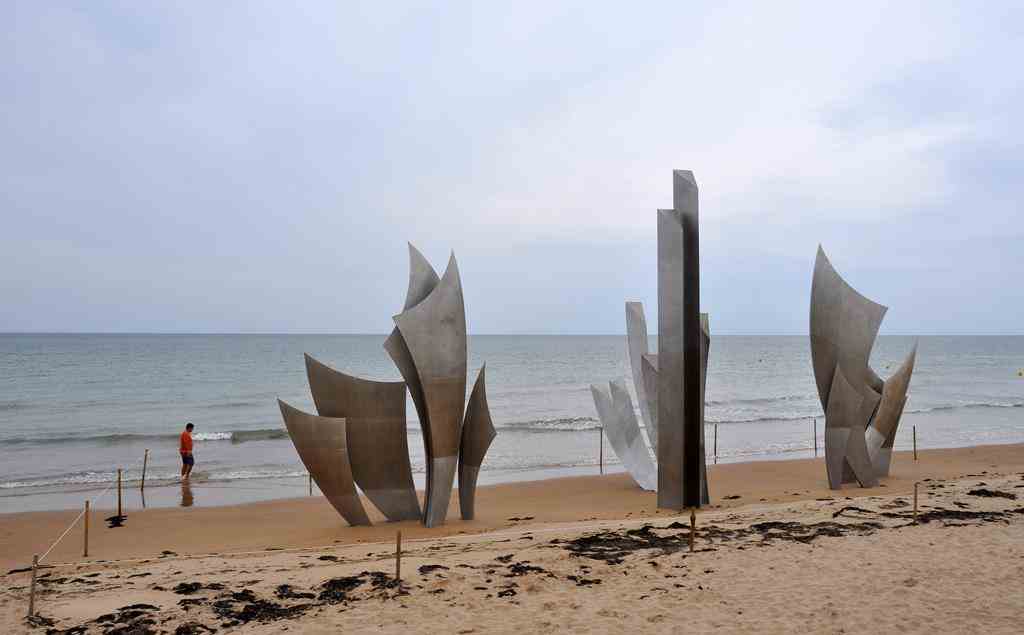
American Cemetery at Colleville-sur-Mer
The cemetery is located on a bluff overlooking Omaha Beach and the English Channel.
It contains the remains of 9,387 American military dead, most of whom were killed during the invasion of Normandy
and ensuing military operations in World War II.
When it came time for a permanent burial, the next of kin eligible to make decisions were asked if they wanted their loved ones repatriated
for permanent burial in the U.S., or interred at the closest overseas cemetery. About 25% of the casualties are buried here.
Other countries buried their dead on the battlefields where they died.
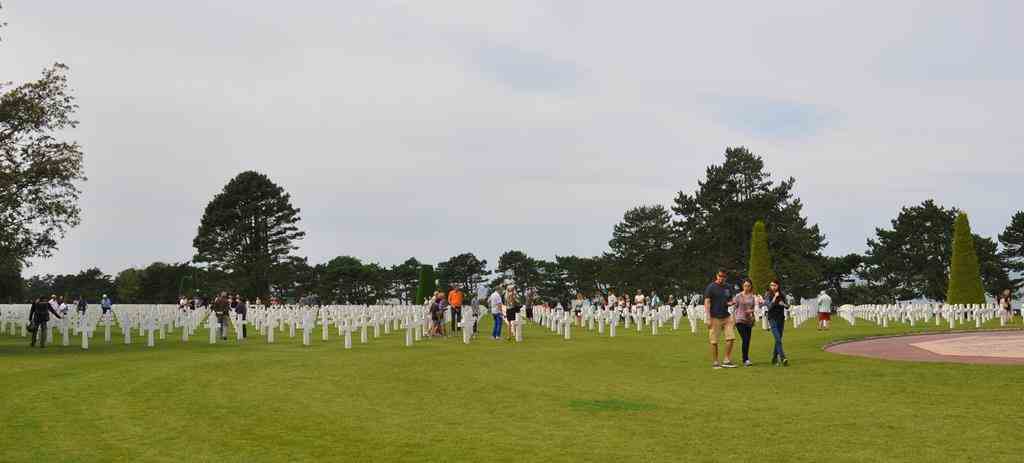
The sound and light show at Rouen Cathedral.
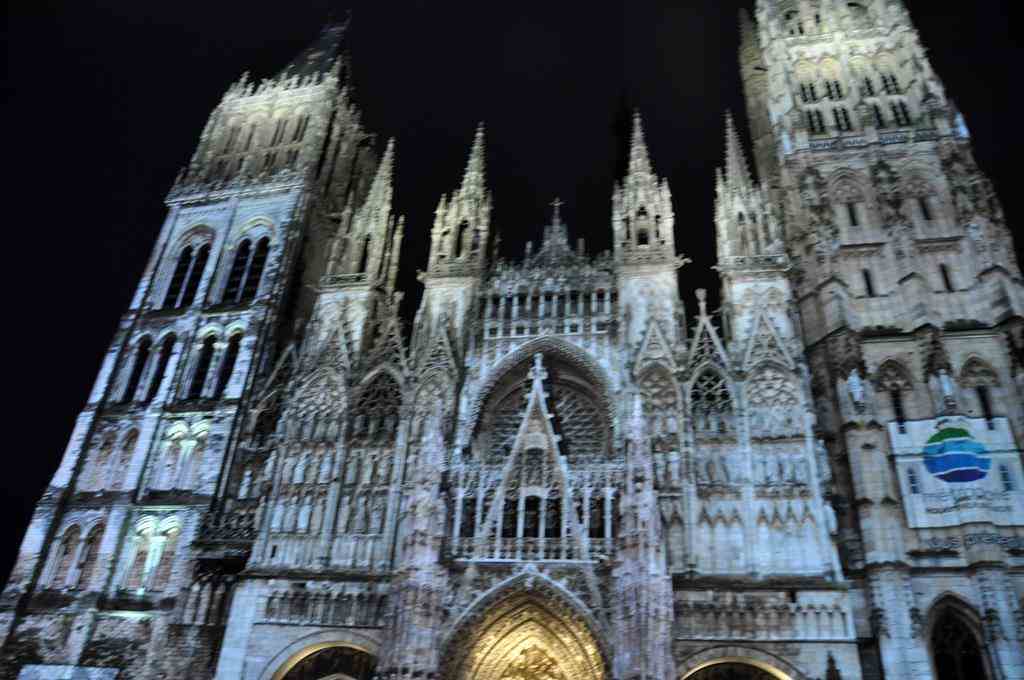
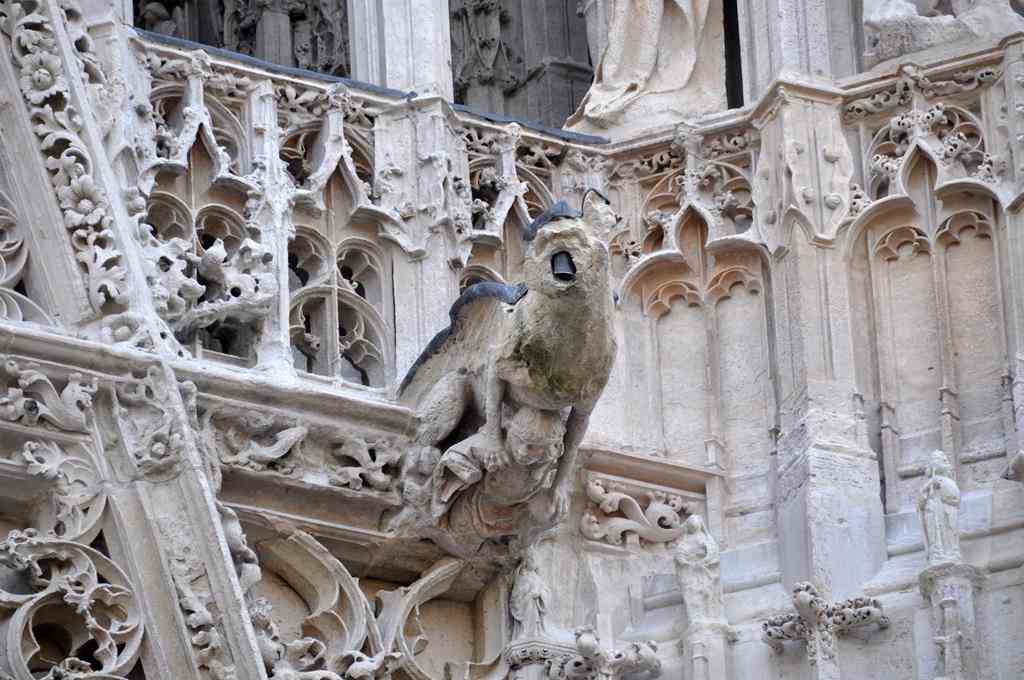
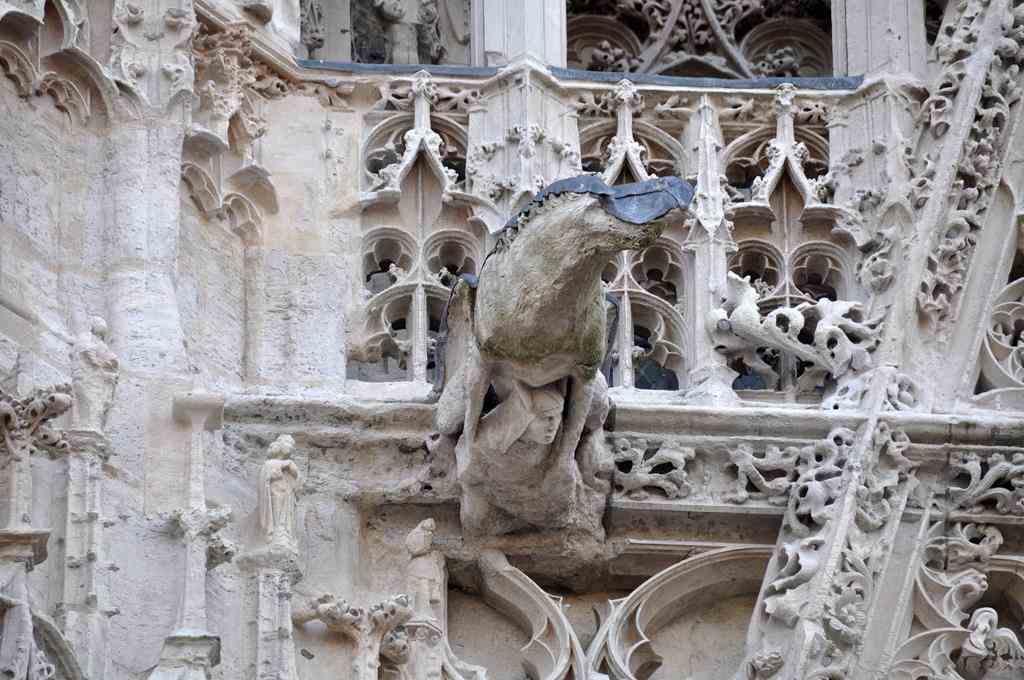
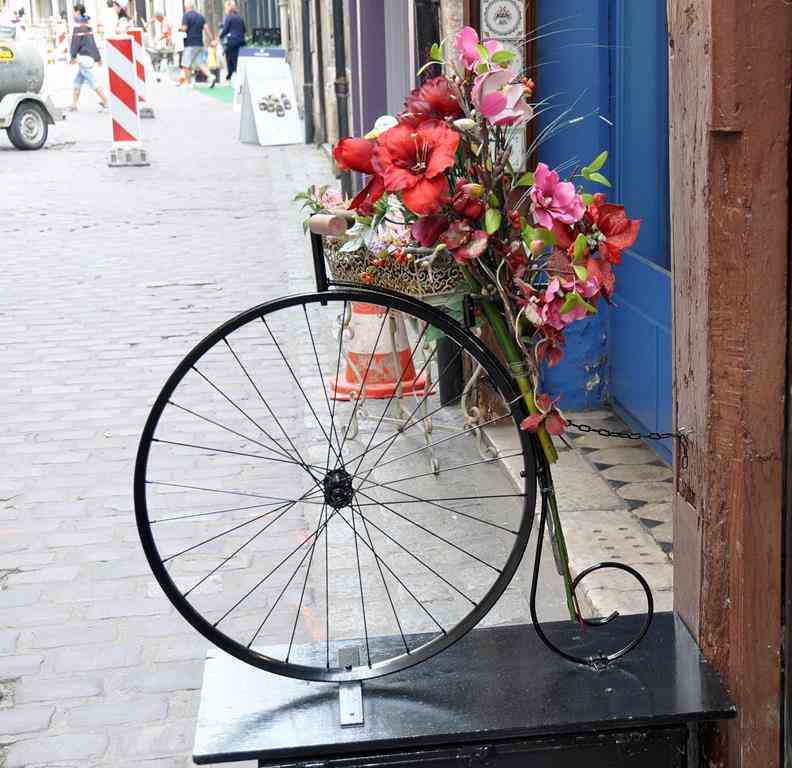
Rouen
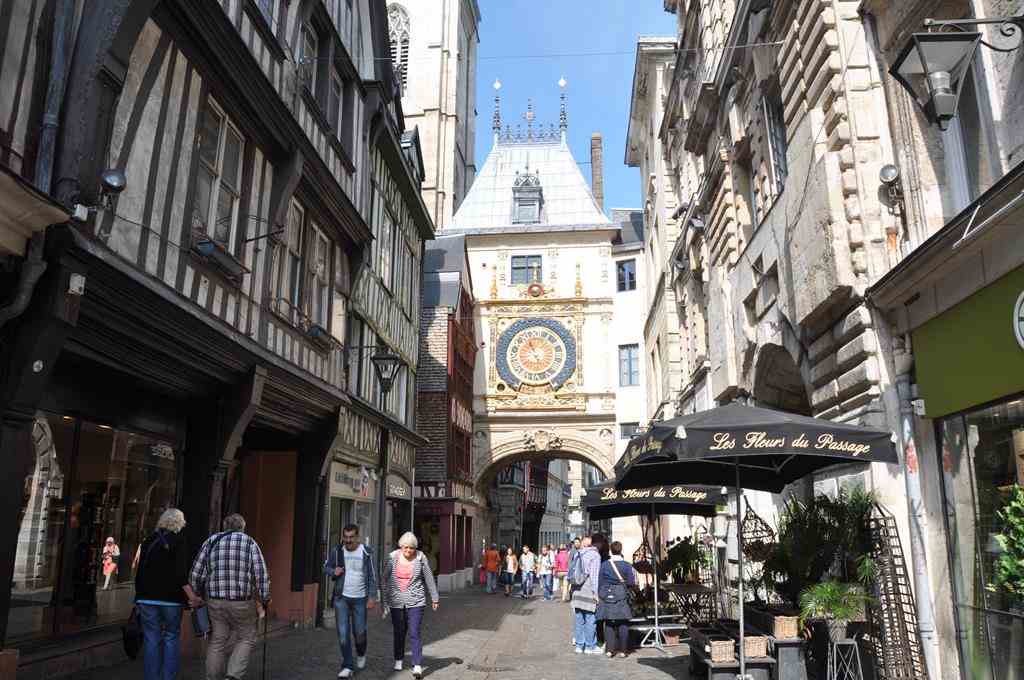
Our home for 7 nights - The River Baroness
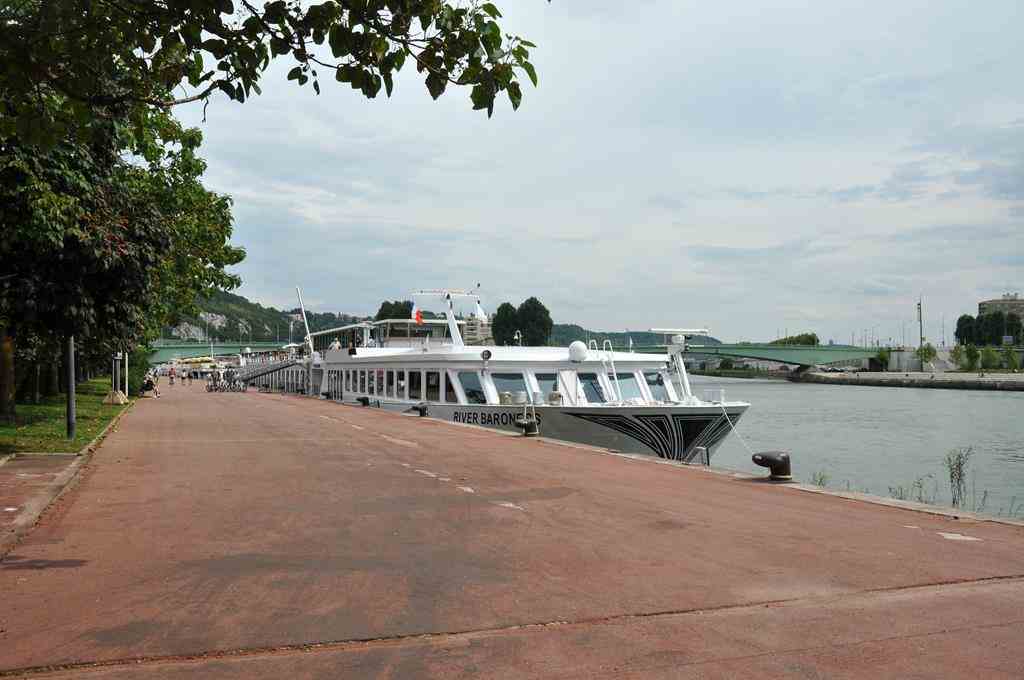
Helping the captain
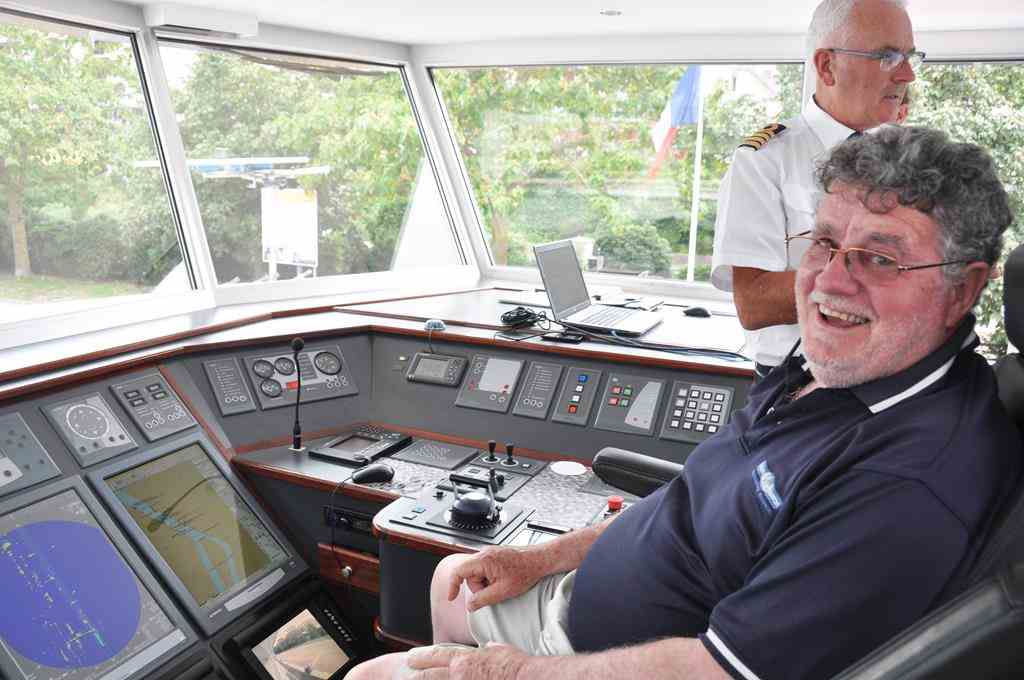
Étretat
The furthest that we went down the River Seine was Candebec.
Further down the river from the waters are tidal and the River Baroness is not certified for these waters.
From Candebec we were bussed to Étretat.
The village of Étretat is best known for its cliffs, including natural arches.
These cliffs and the associated resort beach attracted artists including Eugène Boudin, Gustave Courbet and Claude Monet.
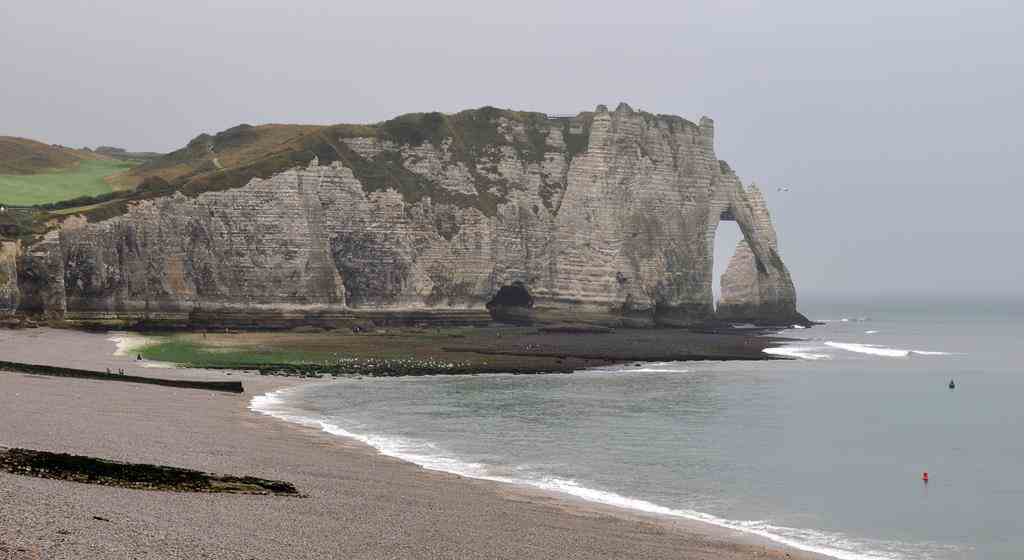
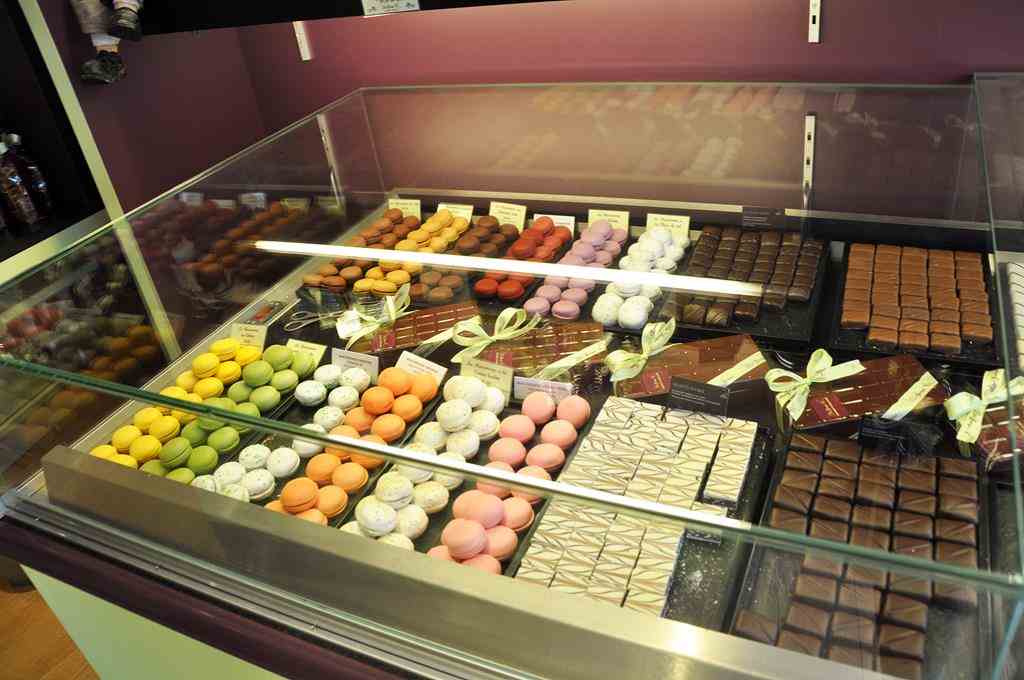
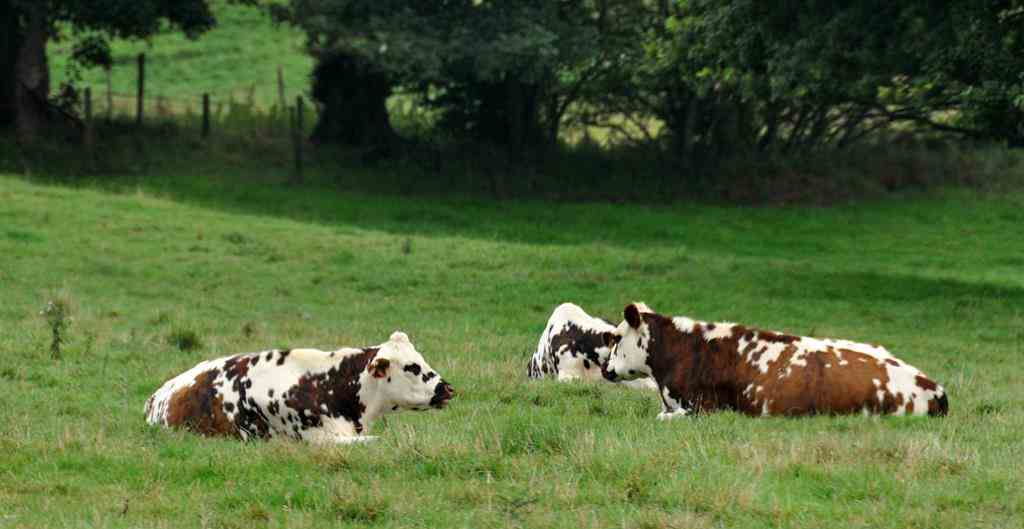
The massive bridge over the River Seine.
Built in the 1990s, it is the bridge closest to the mouth of the river, and is over 2km long.
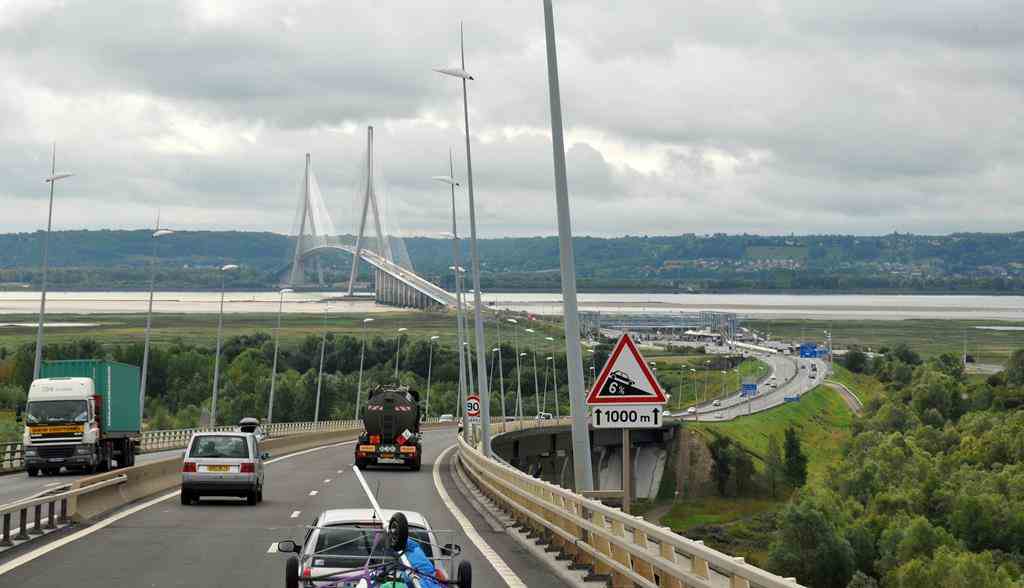
Honfleur is a tourist and fishing town on the left bank at the mouth of the River Seine.
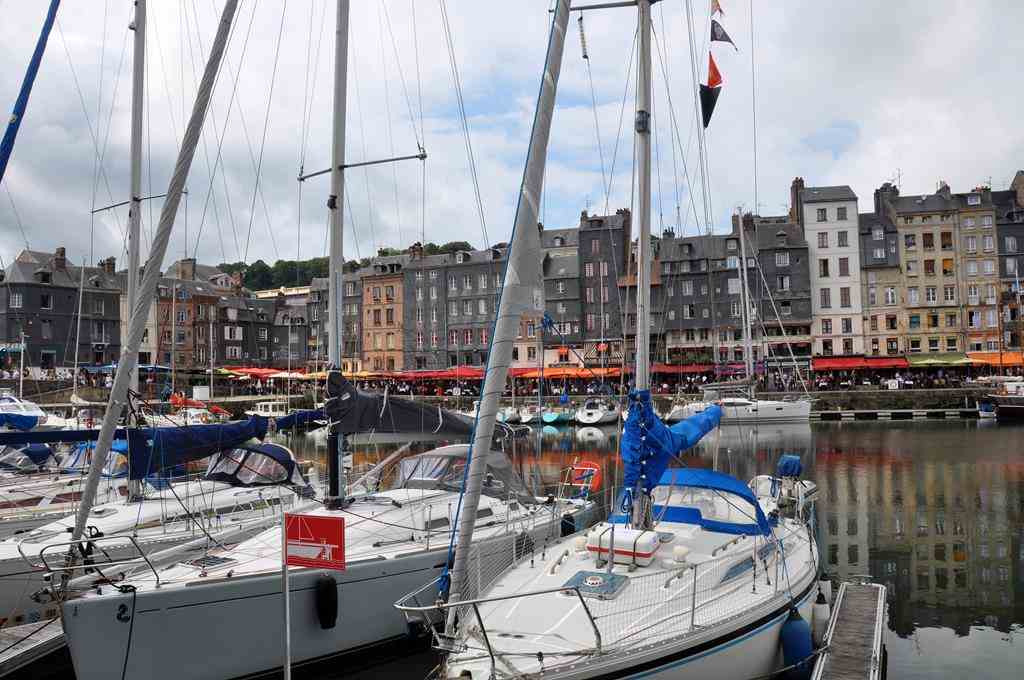
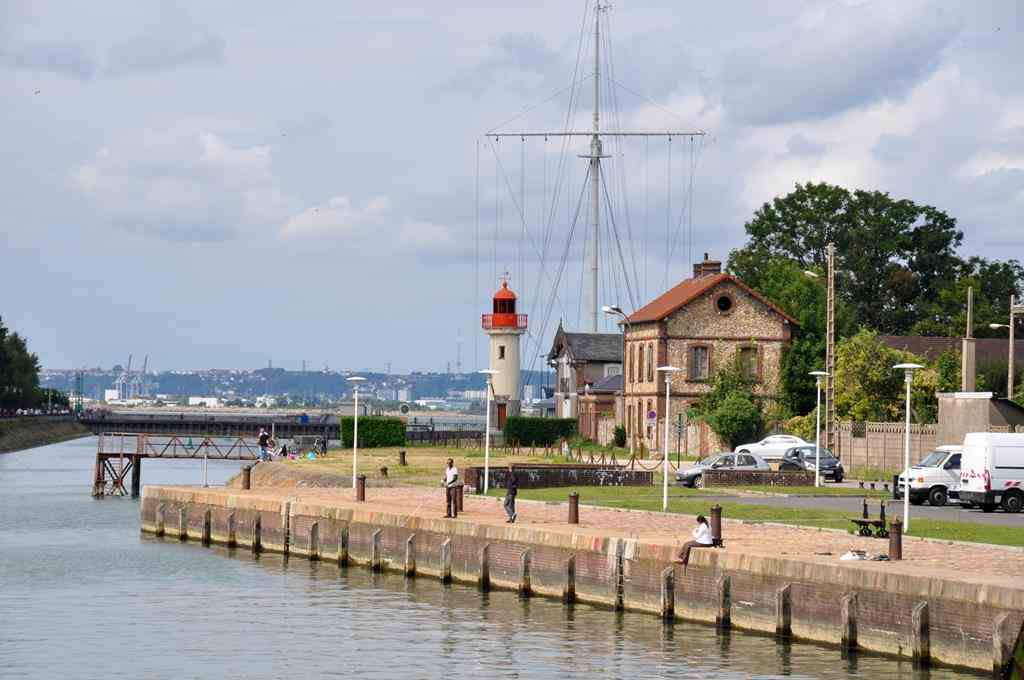
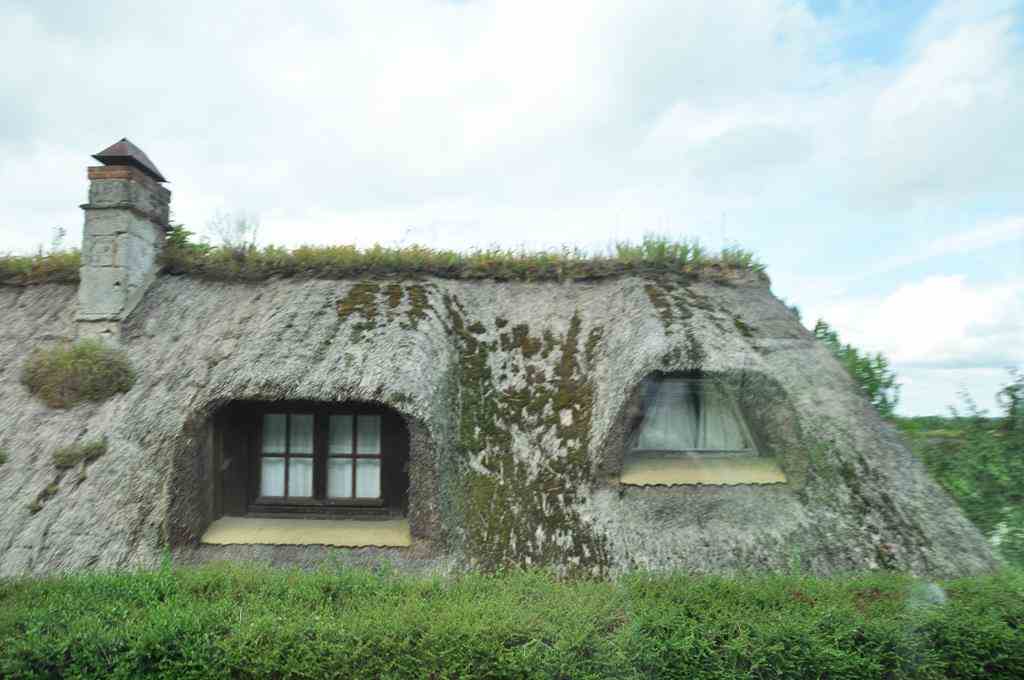
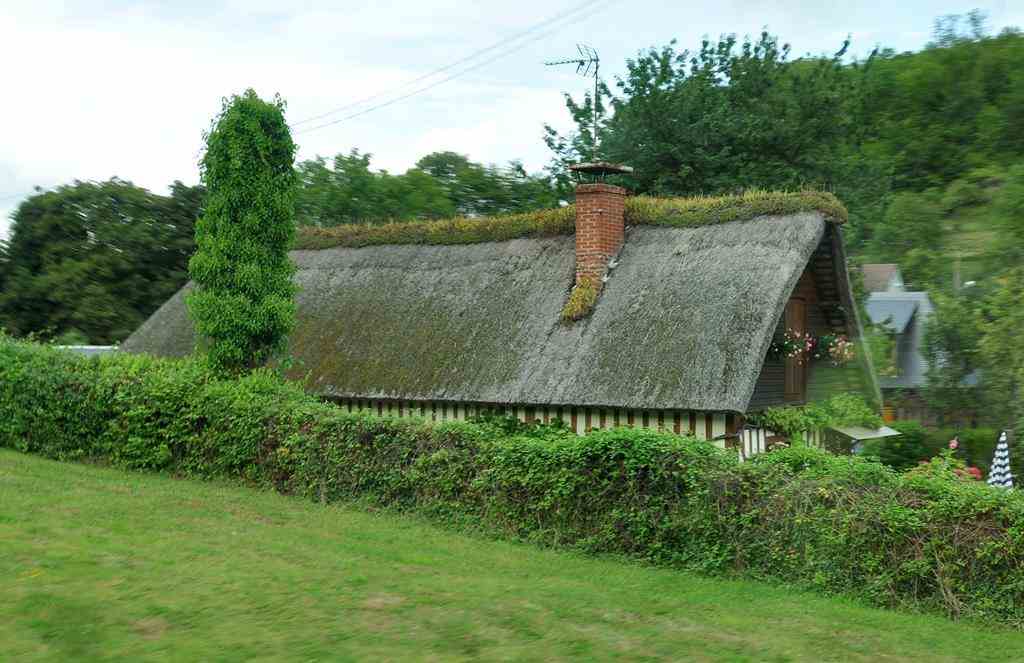
Auvers-sur-Oise
It was at Auvers-sur-Oise that Vicent Van Gogh spent his last months (May–July 1890).
In May 1890, Van Gogh left the clinic in Saint-Rémy to move nearer the physician
Dr. Paul Gachet in Auvers-sur-Oise, and also to his brother, Theo.
Gachet was recommended by Camille Pissarro. He had treated several other artists, and was himself an amateur artist.
Van Gogh's first impression was that Gachet was "...sicker than I am, I think, or shall we say just as much".
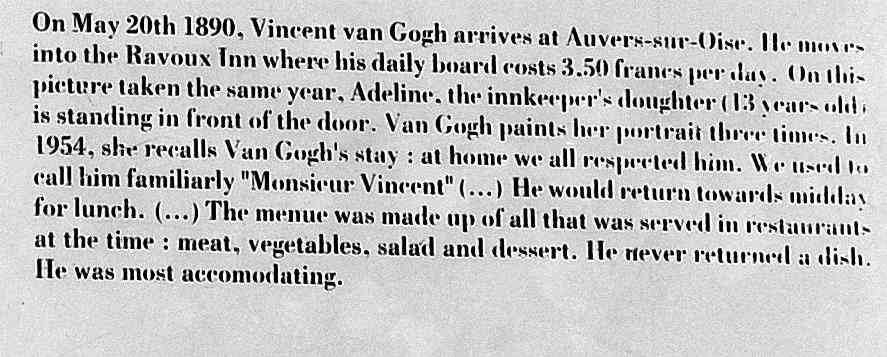
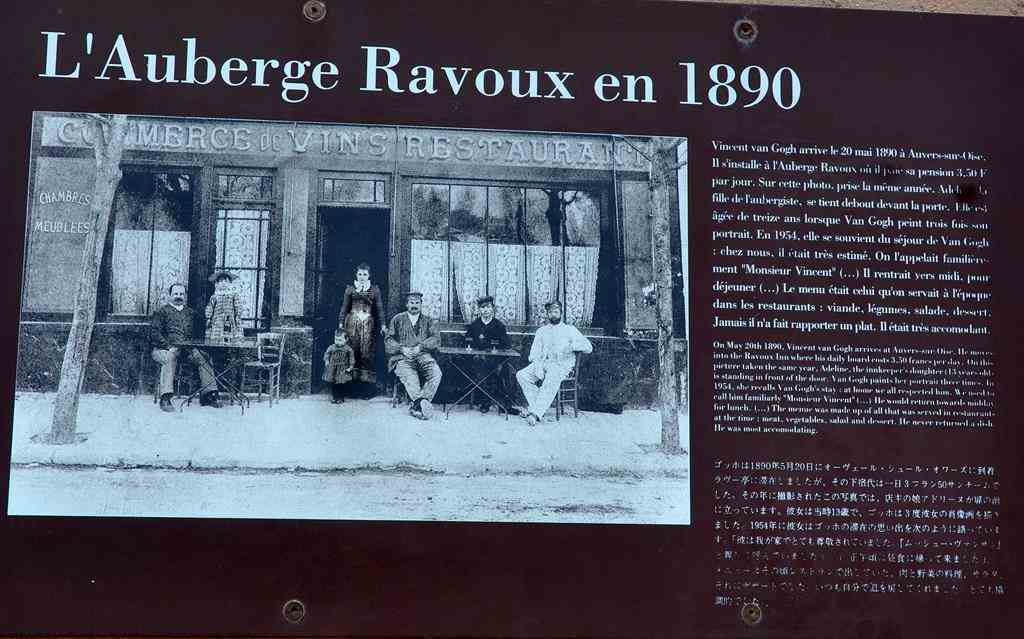
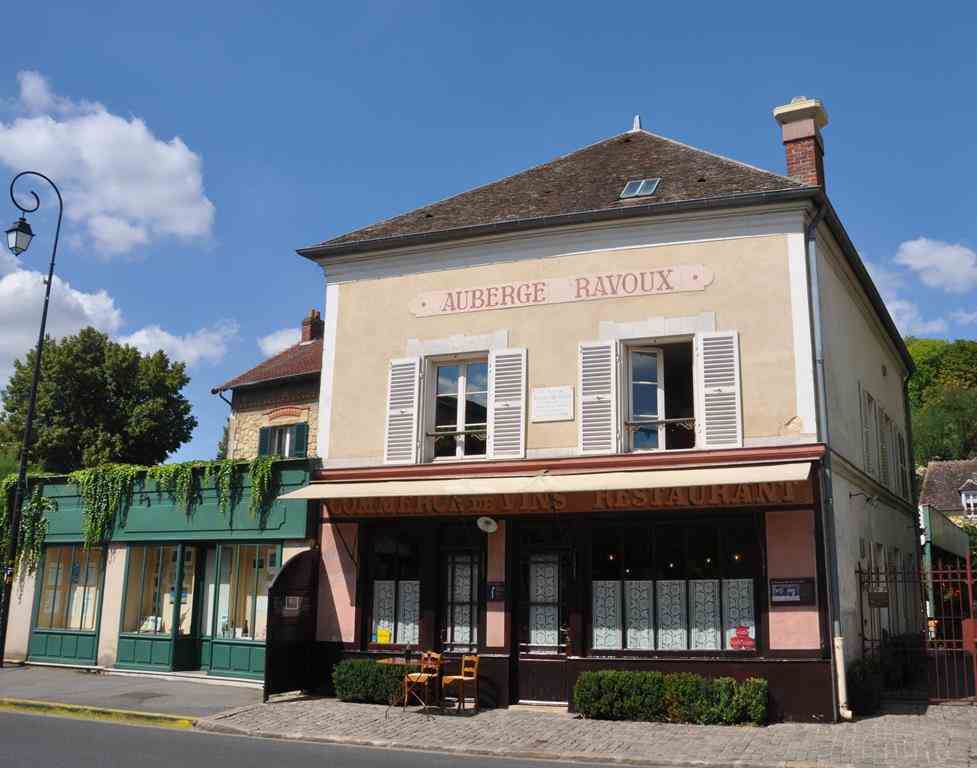
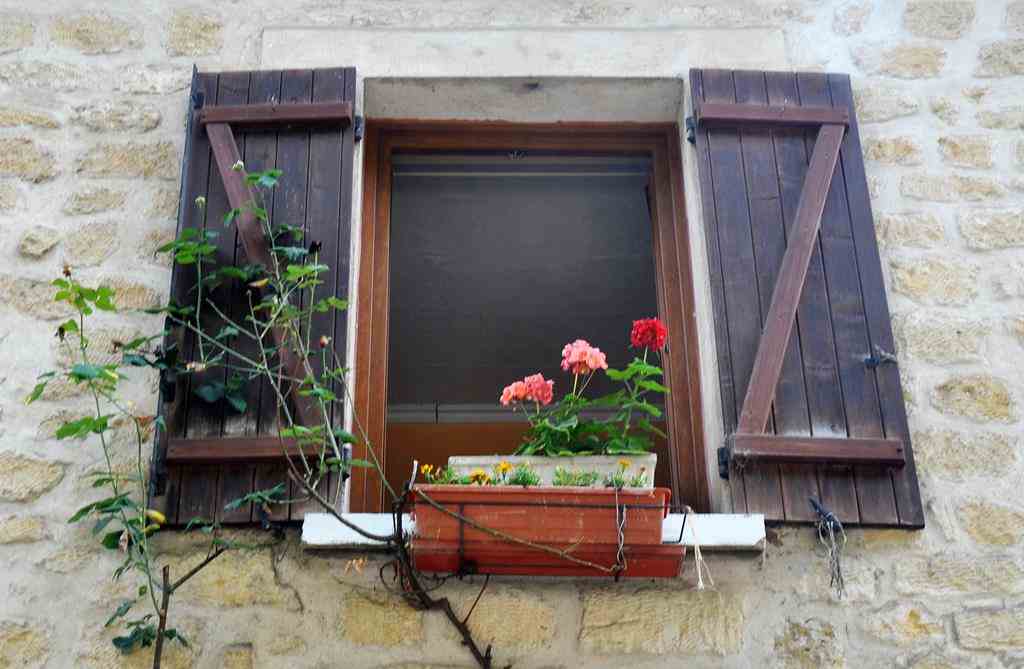
The Church at Auvers and Van Gogh's painting.
We saw the original in the Musée d'Orsay in Paris.
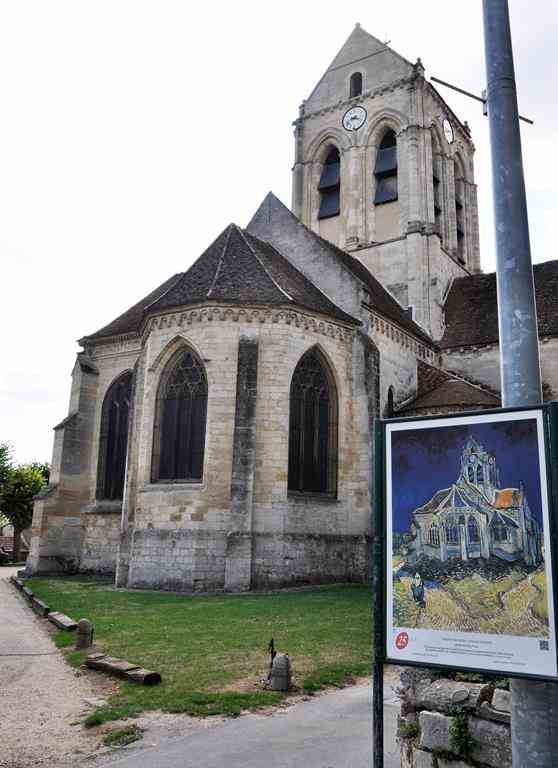
On 27 July 1890, aged 37, Van Gogh is believed to have shot himself in the chest with a revolver (although no gun was ever found).
There were no witnesses and the location where he shot himself is unclear.
Biographer David Sweetman writes that the bullet was deflected by a rib bone and passed through his chest without doing apparent damage
to internal organs—probably stopped by his spine.
He was able to walk back to the Auberge Ravoux, where he was attended by two physicians.
However, without a surgeon present the bullet could not be removed.
After tending to him as best they could, the two physicians left him alone in his room, smoking his pipe.
The following morning, his brother, Theo rushed to be with his brother as soon as he was notified, and found him in surprisingly good shape,
but within hours Vincent began to fail due to an untreated infection caused by the wound.
Van Gogh died in the evening, 29 hours after he supposedly shot himself. According to Theo, his brother's last words were: "The sadness will last forever."
He is buried in the cemetery here in Auvers-sur-Oise.
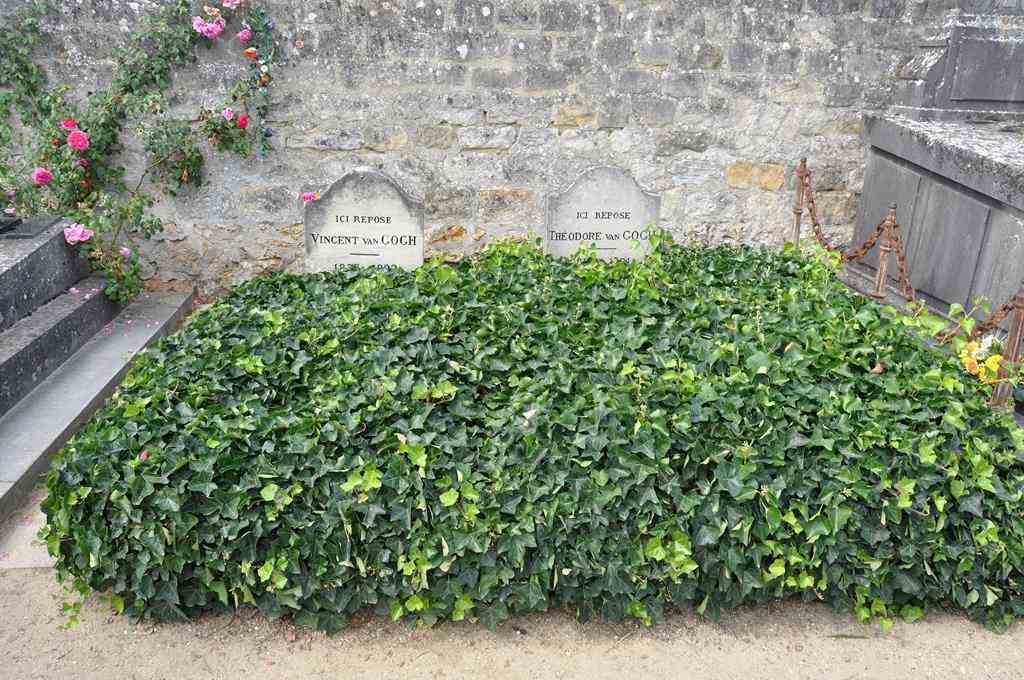
And so back to Paris.
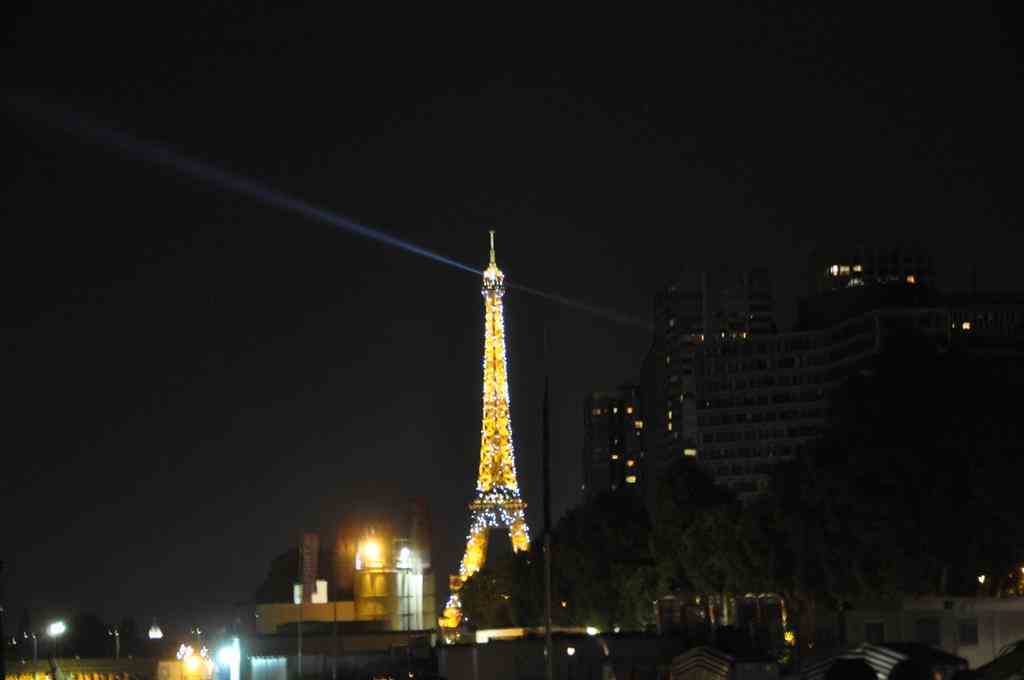
From Paris we flew to Dubai for a 2-night stay.
Then we had a 12½ hour flight to Melbourne.
The end of a fantastic 57-day holiday.

In July-August 2015 we had a fantastic 57-day European trip.
(Melbourne - Dubai - Paris - Norway - Spitsbergen - Arctic cruises - Iceland -
River Seine cruise - Dubai - Melbourne).
We flew into Paris from Dubai.
The streetscape outside our hotel in the Paris suburb of Picpus.
Picpus is near Place-de-la-Nation in the 12th arrondissement of Paris.

Eiffel Tower
Designed by the engineer, Gustave Eiffel, the 324m high tower was built as the entrance arch to the 1889 World Fair.
The World Fair was held to celebrate the centennial of the French Revolution.
The Eiffel Tower is the tallest structure in Paris and is the most-visited paid monument in the world.
Over 250,000,000 people have visited the tower.


At the top viewing area of the Eiffel Tower.

A view of Montmartre from the tower.

The television antennas on top of the tower.

The statue of a nude woman playing a violin near the Eiffel Tower.

Musée de l'Orangerie
The Musée de l'Orangerie is an art-gallery of Impressionist and Post-Impressionist paintingslocated in a corner of the Tuileries Gardens in Paris.
The original building was built in 1822 to shelter the orange trees in the gardens.
The current buildings were initially built in 1927 to house the 8 large Water Lilie murals that Monet donated to France
as a monument to the end of World War 1.
When we visited Monet's Gardens later on in our trip, it was just like being in one of these paintings.

Paris Catacombs
Limestone blocks were carved out of these caverns to construct some of the fine Paris buildings in the early 18th century.
Towards the end of the 18th century the church cemeteries in this area of Paris were already filled to overflowing.
To make room for more burials, the long-dead were exhumed and their bones packed into mounds inside the cemetery walls.
By the end of the 18th century the central burial ground in this area was a 2 metre high mound of disease.
In the early 19th century the caverns were renovated and the bones transported here.
The caverns were transformed into a visitable museum with the stacking of the bones and skulls into neat patterns

Musée d'Orsay
On the left bank of the Seine, it is the former Gare d'Orsay, a Beaux-Arts railway station built
for the 1900 Exposition Universelle (World Exhibition) which was held nearby.
By 1939 the station's short platforms had become unsuitable for the longer trains that had come to be used for mainline services.
In the 1970s it was to demolished but after public pressure for its preservation, it was refurbised into a gallery.
They have done a outstanding job.
The magnificent gallery was opened late in 1986 after it took 6 months to install the 2000 or so paintings, 600 sculptures and other works.

On our 7-day Seine River cruise later on our tour we saw this church at Auvers-sur-Oise that Van Gogh painted.





Notre Dame Cathedral
Notre-Dame de Paris - French for "Our Lady of Paris"
Located on the Île de la Cité in the middle of the River Seine, Notre-Dame is widely considered to be one of the finest examples
of French Gothic architecture, and it is among the largest and most well-known church buildings in the world.
Notre-Dame de Paris was among the first buildings in the world to use the flying buttress.
Construction began in 1163 during the reign of Louis VII and was completed by 1345.
Under a 1905 law, Notre Dame de Paris is among seventy churches in Paris built before that year that are owned by the French State.
While the building itself is owned by the State, the Catholic Church is the designated beneficiary,
having the exclusive right to use it, for religious purpose, in perpetuity.
The Church is responsible for paying the employees, security, heating and cleaning, and assuring that the Cathedral is open for free to visitors.
The Church does not receive subsidies from the French State.








We flew from Paris to Stavanger in Southern Norway.
We stayed with Doug and Eva Mellgren at Rekefjord.
(I had met them onmy African trip in 2009).
Our 57-day trip continued through Norway. Spitsbergen, the Arctic Ocean and Iceland.
After out visit to Norway, Spitsbergen, Iceland and our Arctic cruises we returned to Paris from Iceland and went on a 7-day Seine cruise.
At Monet's Garden at Giverny.


Château Gaillard
At Les Andelys, Château Gaillard was the great stone castle and fort of Richard the Lionheart.
He was simultaneously King of England and Duke of Normandy.
The area to the east of Normandy was under the control of Philip II, the King of France, arival of Richard.
Château Gaillard was built by Richard to protect his Duchy of Normandy from the French King Philip II.
Construction began in 1196 and took 2 years.
That was an unusually short time for such a massive, and for the time, state-of-the-art construction.


Juno Beach
The Invasion of Normandy by the Allied forces during Operation Overlord during World War II was the largest amphibious invasion to ever take place.
It involved almost 3 million troops crossing the English Channel from England to Normandy and lasted until the Allies crossed the River Seine.
(6th June 1944 - 19th Aug 1944)
Juno Beach was one of five beaches where the Allies landed. Mainly Canadian troops landed here.
Their objectives were to cut the Caen-Bayeux road, seize the Carpiquet airport west of Caen,
and form a link between the two British beaches of Gold and Sword on either side of Juno Beach.
Despite rough weather, heavy casualties, delays on the beach, these objectives were achieved on D-Day (6th June 1944).

German gun emplacements at Longues-sur-Mer
The site, situated between the landing beaches Omaha and Gold, was completed by April 1944, and consisted of four 152-mm navy guns,
a command post, shelters for personnel and ammunition, and several defensive machine-gun emplacements.
On the night before the D-Day landings of 6 June 1944, the battery was subjected to a barrage of bombs from Allied planes,
although much of this landed on a nearby village.
On D-Day three of the four guns were eventually disabled by British cruisers Ajax and Argonaut,
though a single gun continued to operate intermittently until 1900hrs that evening.
The crew of the battery surrendered the following day.

Normandy Beaches - Arromanches
Arromanches is remembered as a historic place of the Normandy landings and in particular as the place where an artificial port was installed.
This location was one of two sites chosen to establish the necessary port facilities to unload quantities
of supplies and troops needed for the invasion, the other futher west at Omaha Beach.
The British built huge floating concrete caissons which, after being towed from England,
then had to be assembled to form walls and piers forming and defining the artificial port called the Mulberry Harbour.
These comprised pontoons linked to the land by floating roadways.
One of these ports was assembled at Arromanches and even today sections of the Mulberry harbour still remain
with huge concrete blocks sitting on the sand and more can be seen further out at sea.




Normandy Beaches - Omaha Beach
Taking Omaha was to be the responsibility of United States Army troops, with sea transport and naval artillery support
provided by the U.S. Navy and elements of the British Royal Navy.
The primary objective at Omaha was to secure a beachhead of some eight kilometres, between Port-en-Bessin and the Vire River,
linking with the British landings at Gold to the east, and reaching the area of Isigny to the west to link up with troops landing at Utah Beach.
Very little went as planned during the landing at Omaha.
Difficulties in navigation caused the majority of landing craft to miss their targets throughout the day.
The defenses were unexpectedly strong, and inflicted heavy casualties on landing US troops.
Under heavy fire, the engineers struggled to clear the beach obstacles; later landings bunched up around the few channels that were cleared.
Weakened by the casualties taken just in landing, the surviving assault troops could not clear the heavily defended exits off the beach.
This caused further problems and consequent delays for later landings.
Small penetrations were eventually achieved by groups of survivors making improvised assaults,
scaling the bluffs between the most heavily defended points.
By the end of the day, two small isolated footholds had been won, which were subsequently exploited against weaker defenses further inland,
thus achieving the original D-Day objectives over the following days.

American Cemetery at Colleville-sur-Mer
The cemetery is located on a bluff overlooking Omaha Beach and the English Channel.
It contains the remains of 9,387 American military dead, most of whom were killed during the invasion of Normandy
and ensuing military operations in World War II.
When it came time for a permanent burial, the next of kin eligible to make decisions were asked if they wanted their loved ones repatriated
for permanent burial in the U.S., or interred at the closest overseas cemetery. About 25% of the casualties are buried here.
Other countries buried their dead on the battlefields where they died.

The sound and light show at Rouen Cathedral.




Rouen

Our home for 7 nights - The River Baroness

Helping the captain

Étretat
The furthest that we went down the River Seine was Candebec.
Further down the river from the waters are tidal and the River Baroness is not certified for these waters.
From Candebec we were bussed to Étretat.
The village of Étretat is best known for its cliffs, including natural arches.
These cliffs and the associated resort beach attracted artists including Eugène Boudin, Gustave Courbet and Claude Monet.



The massive bridge over the River Seine.
Built in the 1990s, it is the bridge closest to the mouth of the river, and is over 2km long.

Honfleur is a tourist and fishing town on the left bank at the mouth of the River Seine.




Auvers-sur-Oise
It was at Auvers-sur-Oise that Vicent Van Gogh spent his last months (May–July 1890).
In May 1890, Van Gogh left the clinic in Saint-Rémy to move nearer the physician
Dr. Paul Gachet in Auvers-sur-Oise, and also to his brother, Theo.
Gachet was recommended by Camille Pissarro. He had treated several other artists, and was himself an amateur artist.
Van Gogh's first impression was that Gachet was "...sicker than I am, I think, or shall we say just as much".




The Church at Auvers and Van Gogh's painting.
We saw the original in the Musée d'Orsay in Paris.

On 27 July 1890, aged 37, Van Gogh is believed to have shot himself in the chest with a revolver (although no gun was ever found).
There were no witnesses and the location where he shot himself is unclear.
Biographer David Sweetman writes that the bullet was deflected by a rib bone and passed through his chest without doing apparent damage
to internal organs—probably stopped by his spine.
He was able to walk back to the Auberge Ravoux, where he was attended by two physicians.
However, without a surgeon present the bullet could not be removed.
After tending to him as best they could, the two physicians left him alone in his room, smoking his pipe.
The following morning, his brother, Theo rushed to be with his brother as soon as he was notified, and found him in surprisingly good shape,
but within hours Vincent began to fail due to an untreated infection caused by the wound.
Van Gogh died in the evening, 29 hours after he supposedly shot himself. According to Theo, his brother's last words were: "The sadness will last forever."
He is buried in the cemetery here in Auvers-sur-Oise.

And so back to Paris.

From Paris we flew to Dubai for a 2-night stay.
Then we had a 12½ hour flight to Melbourne.
The end of a fantastic 57-day holiday.